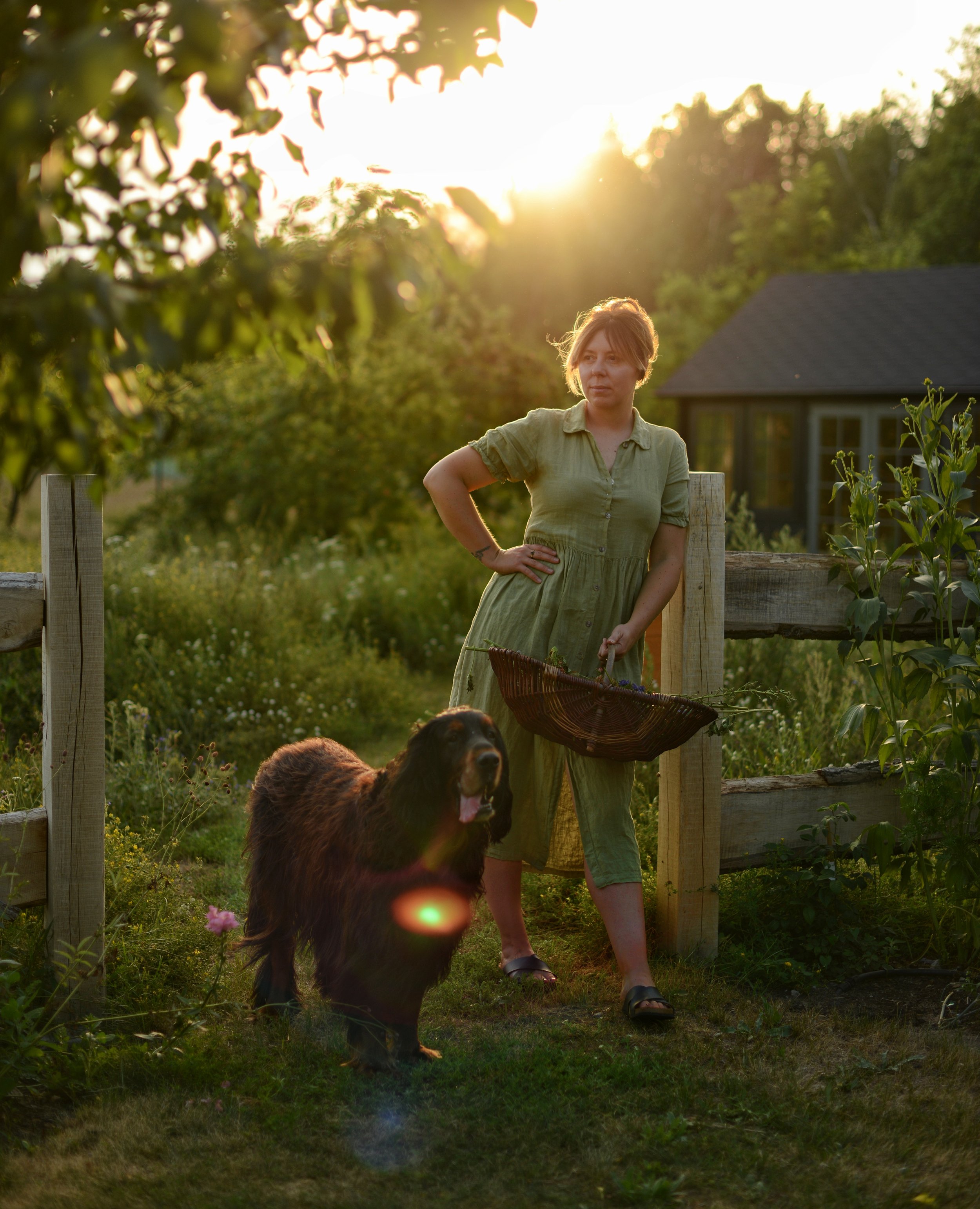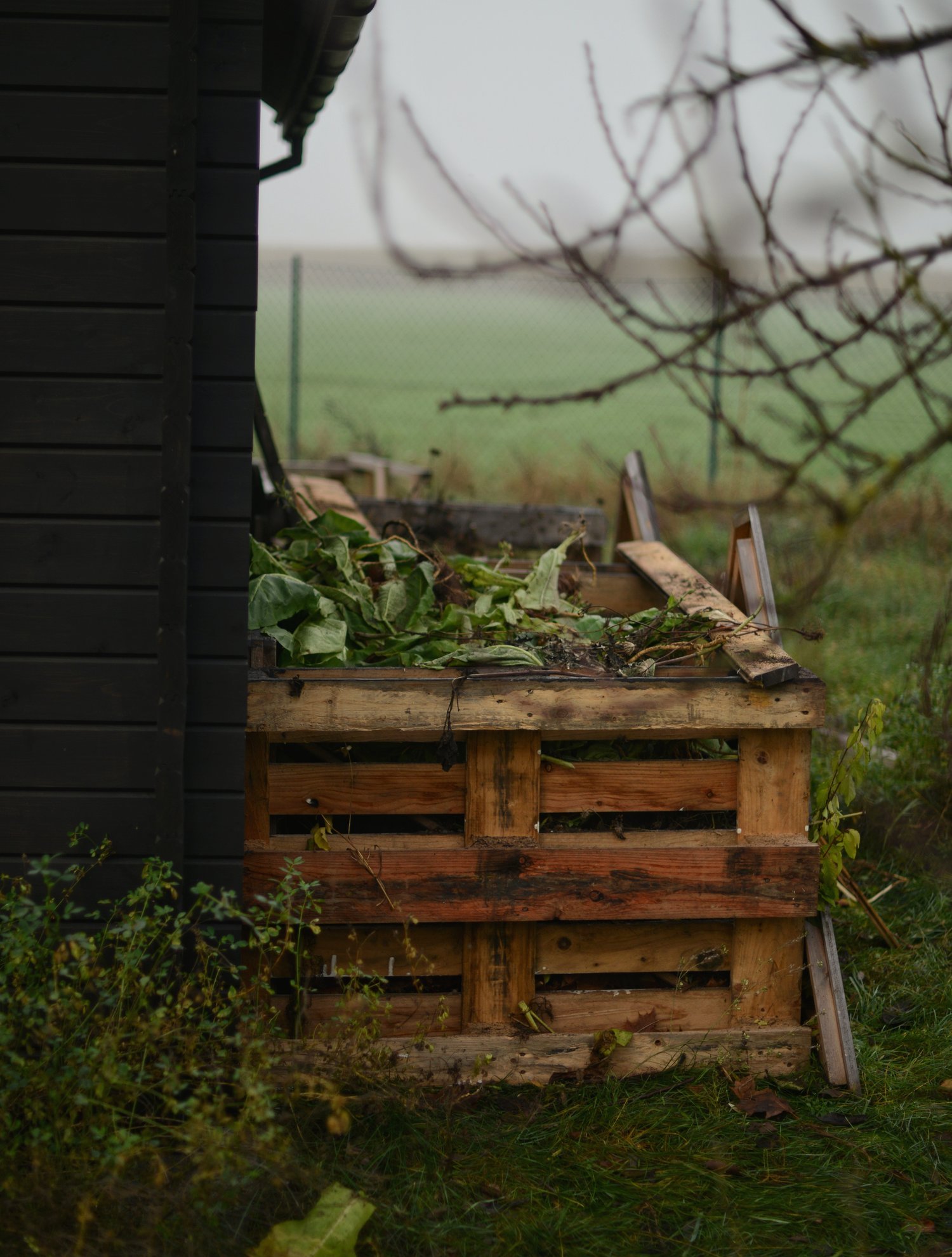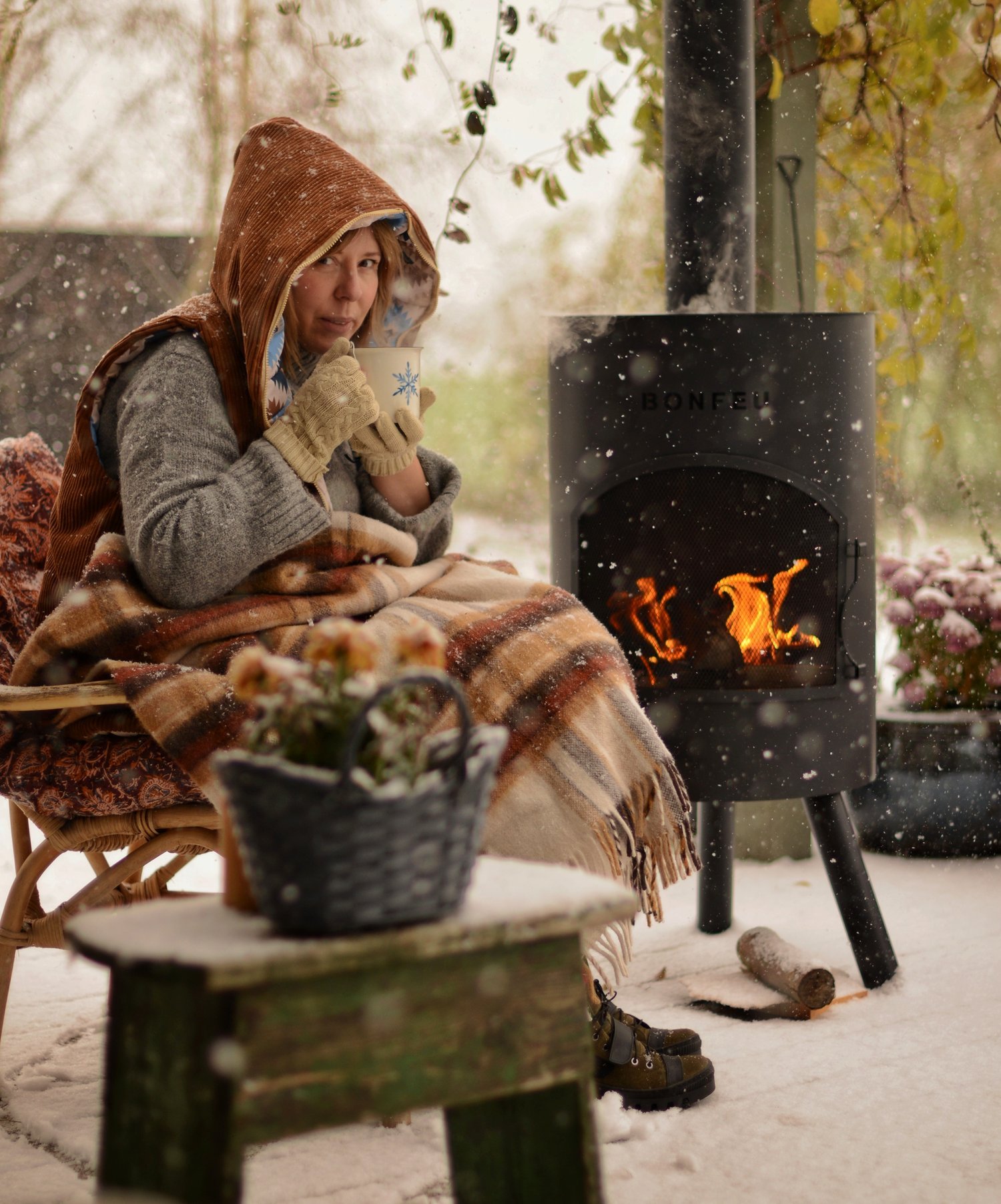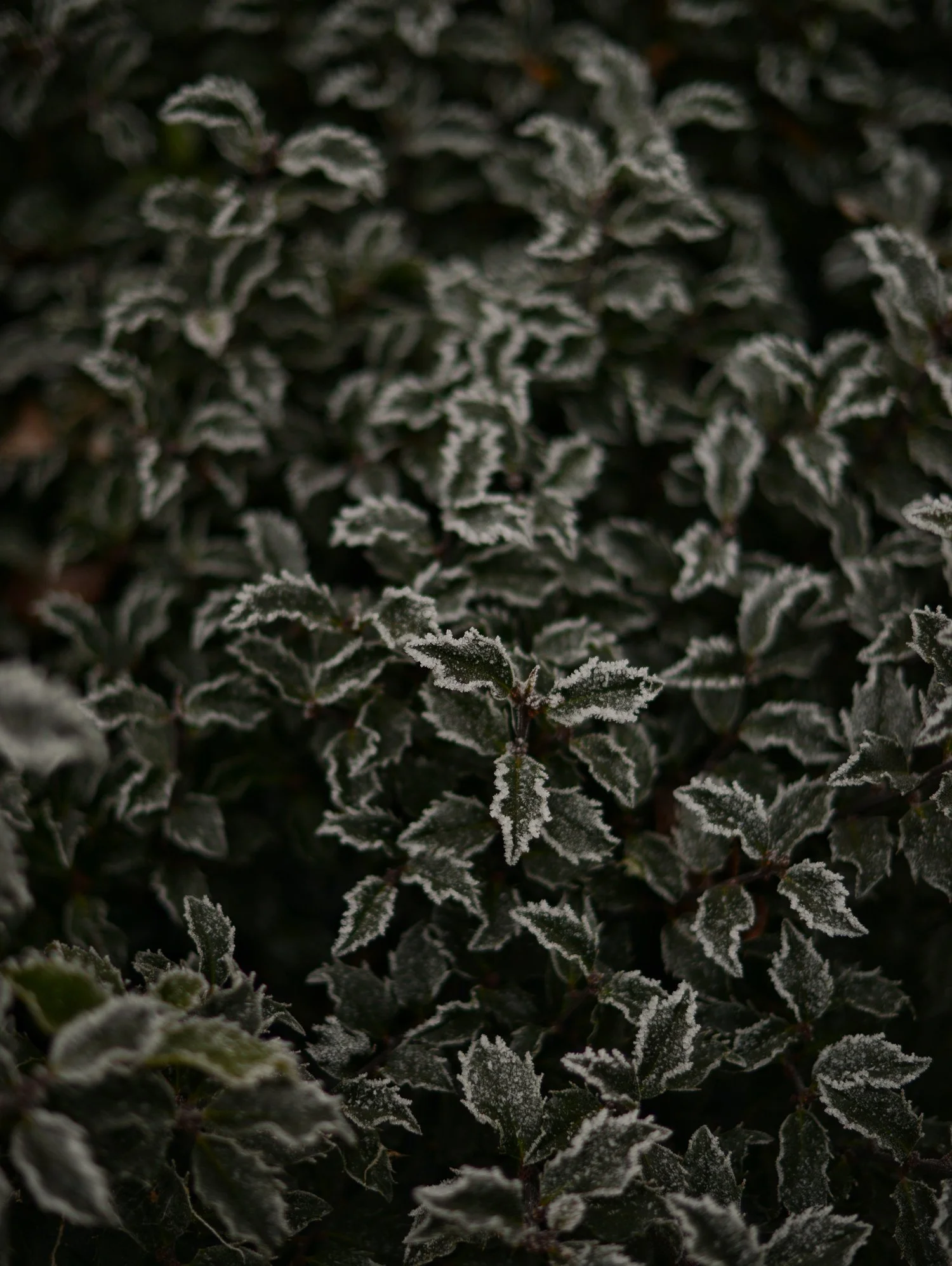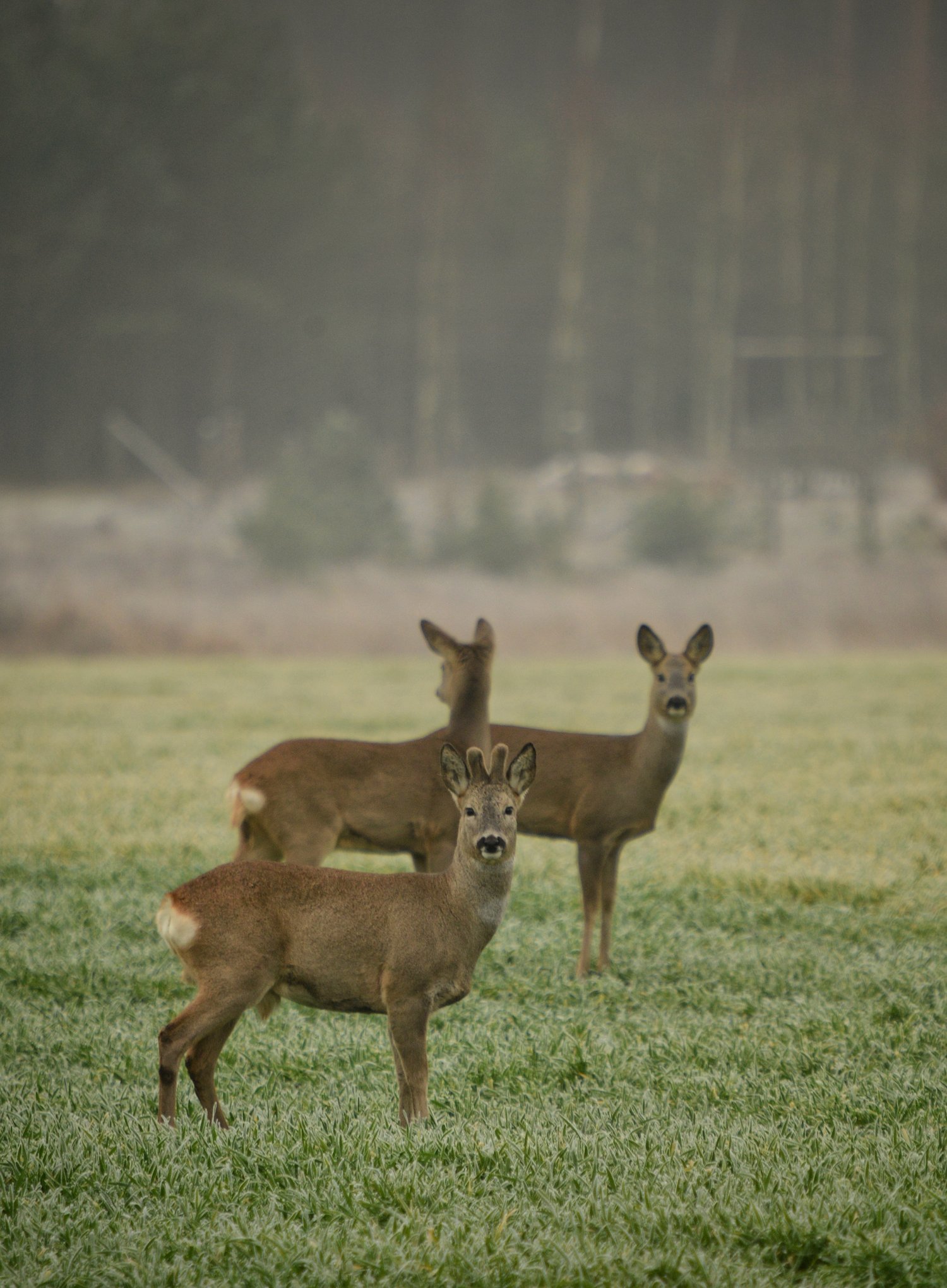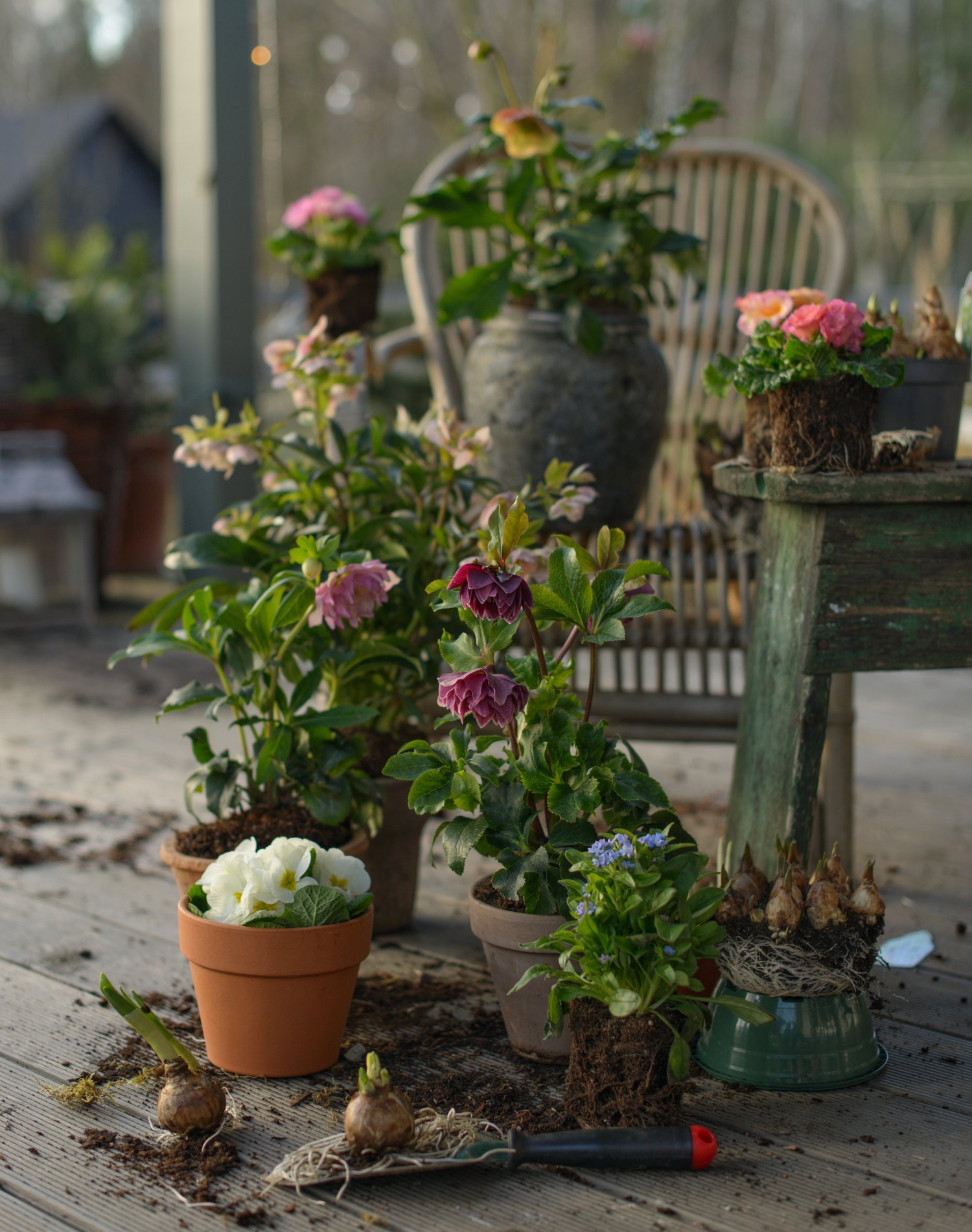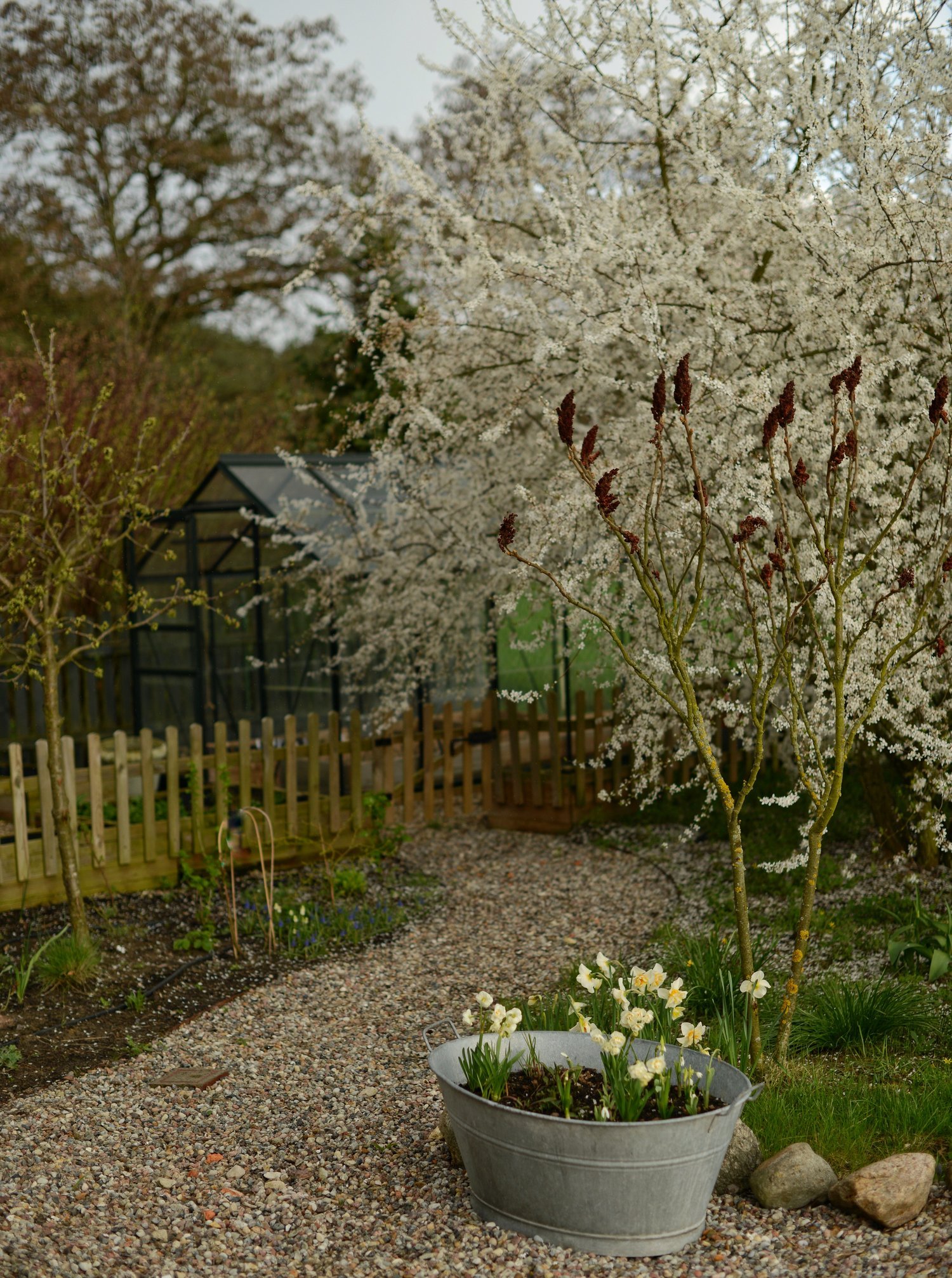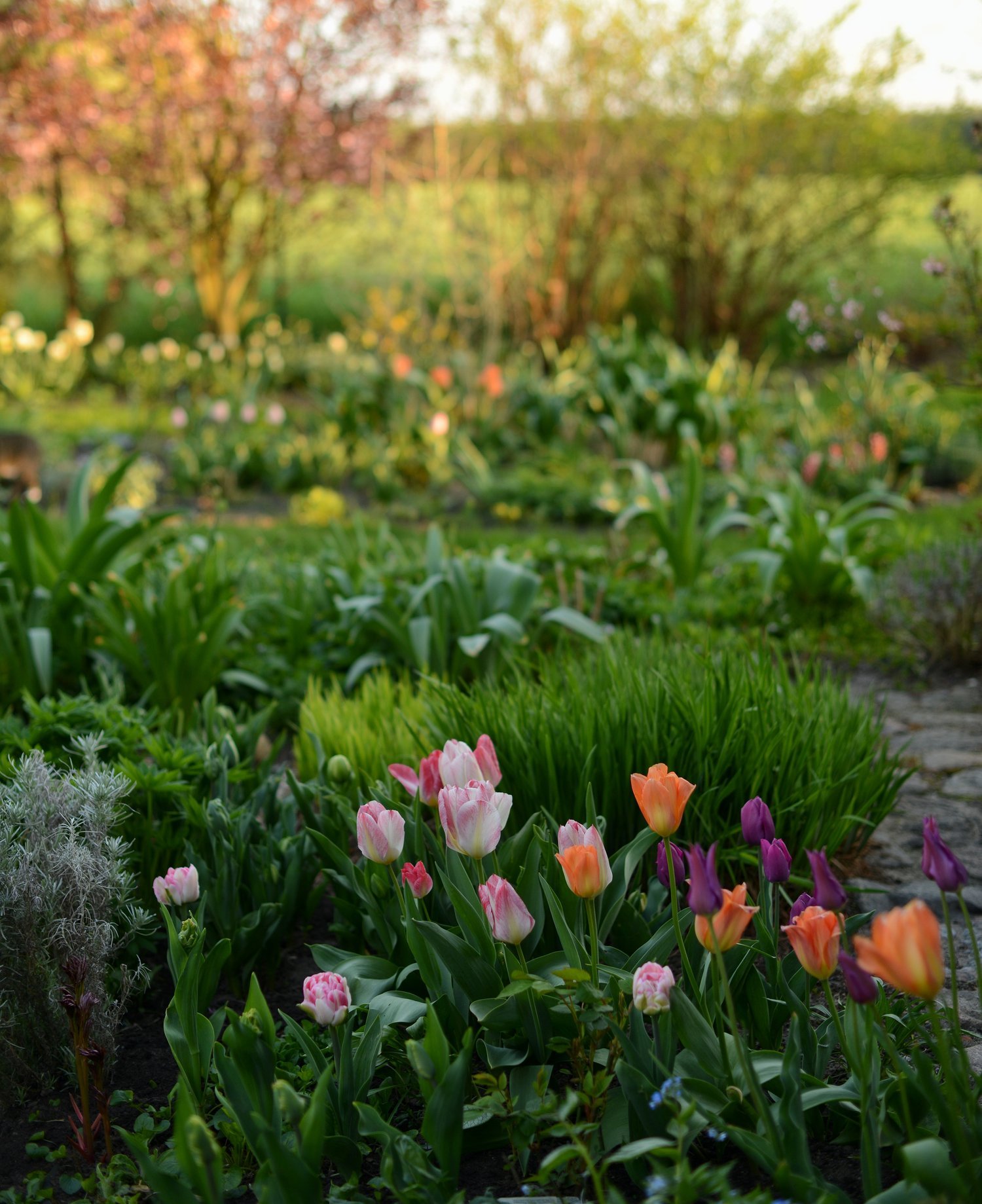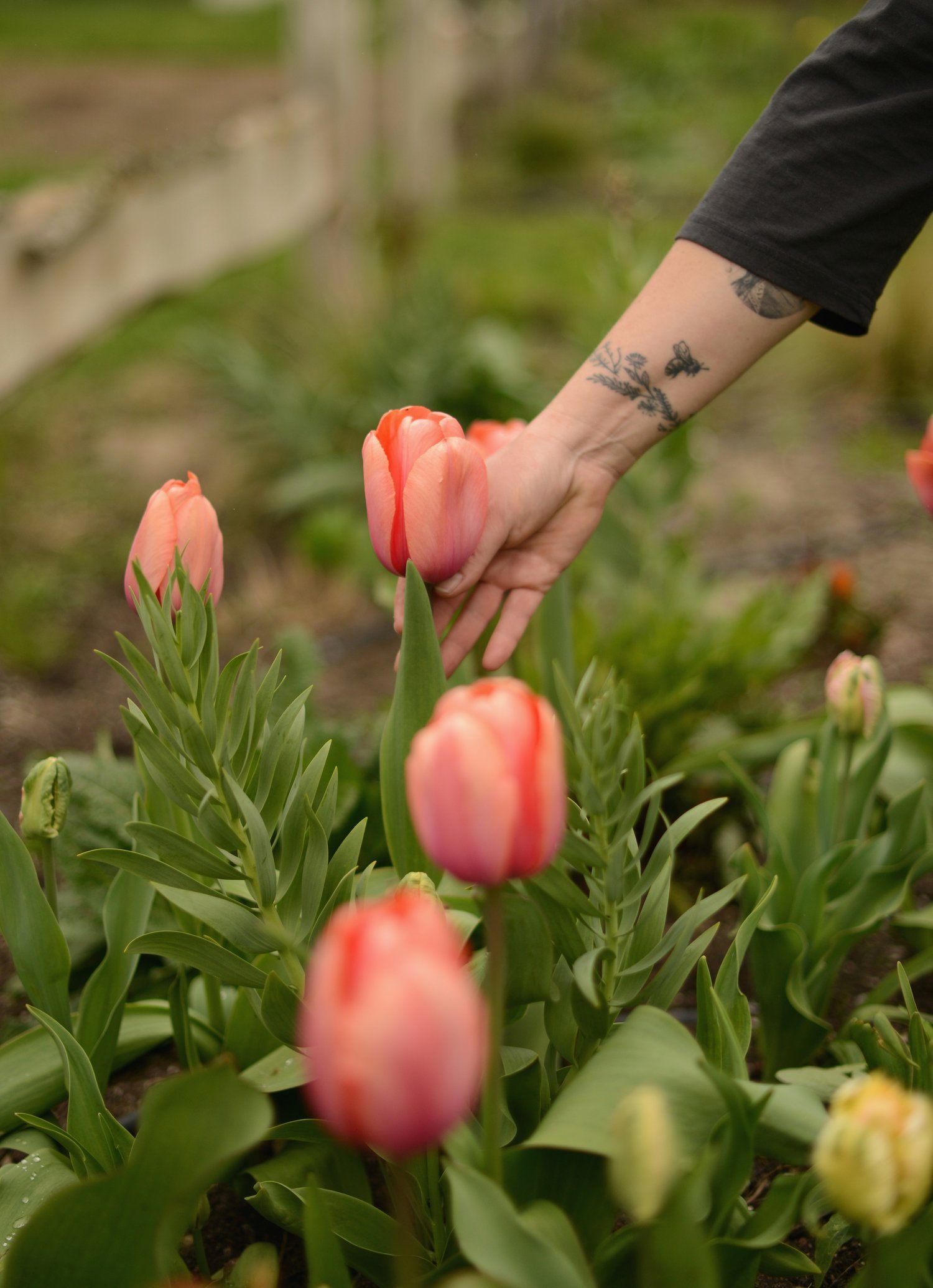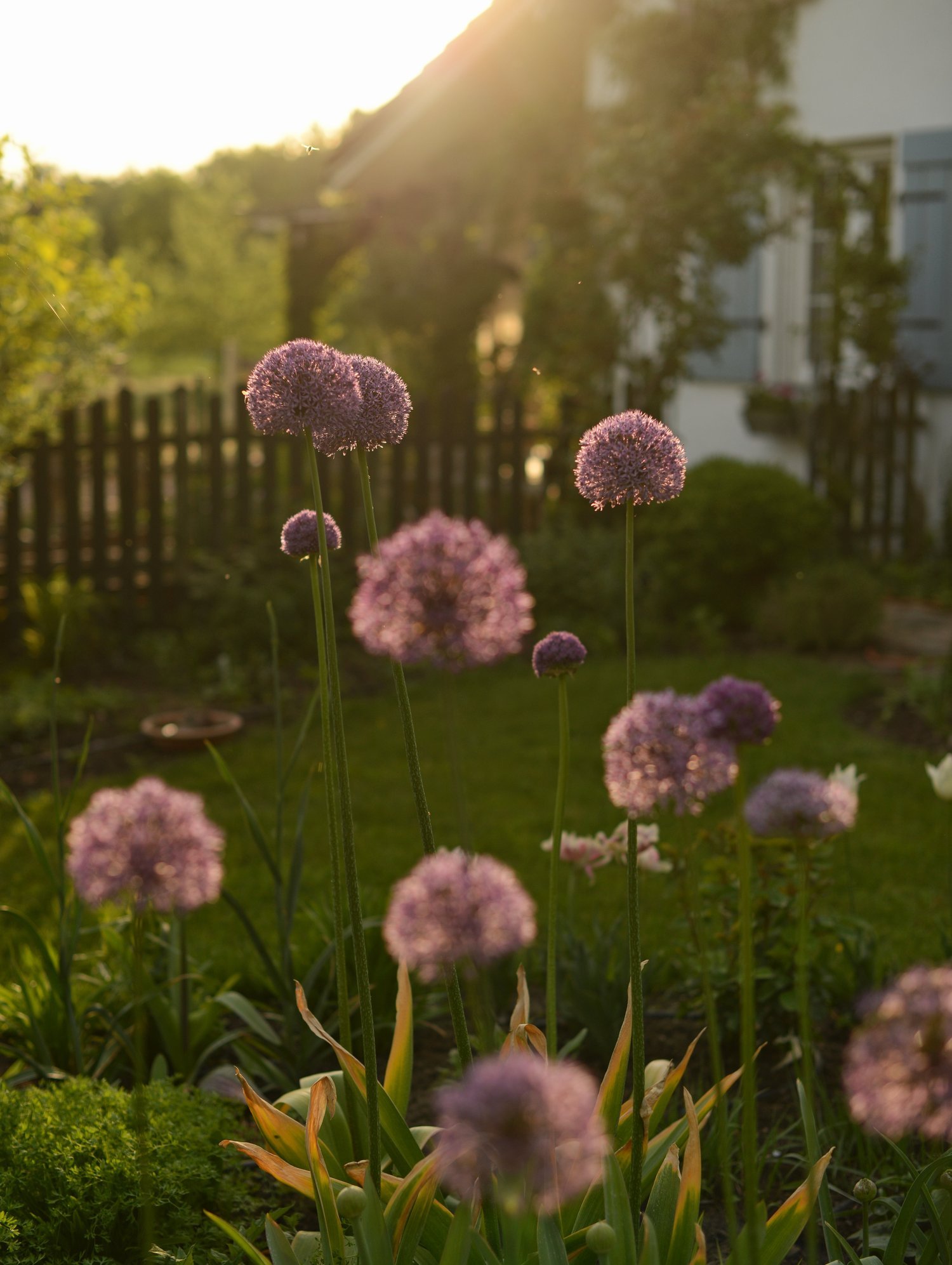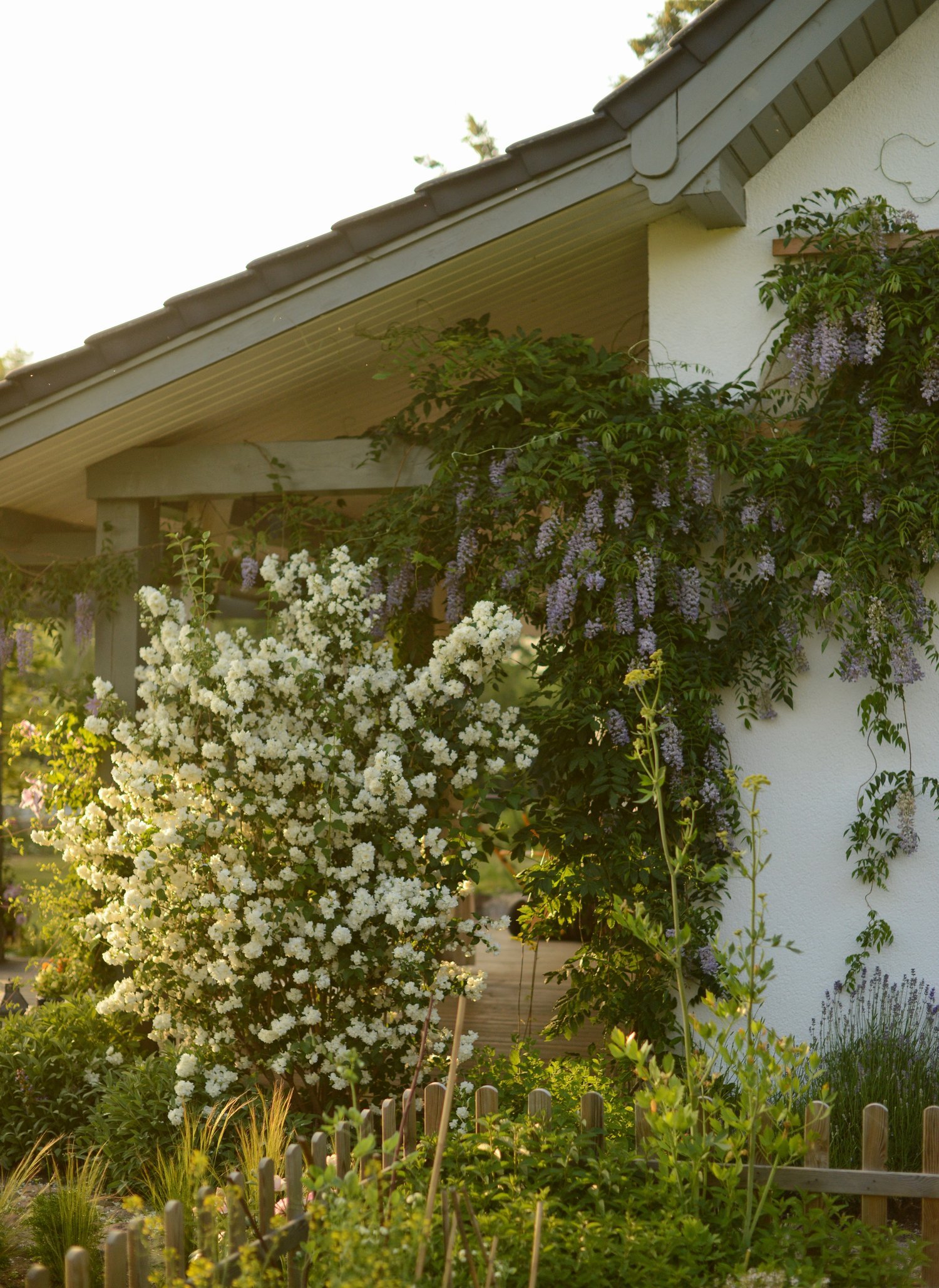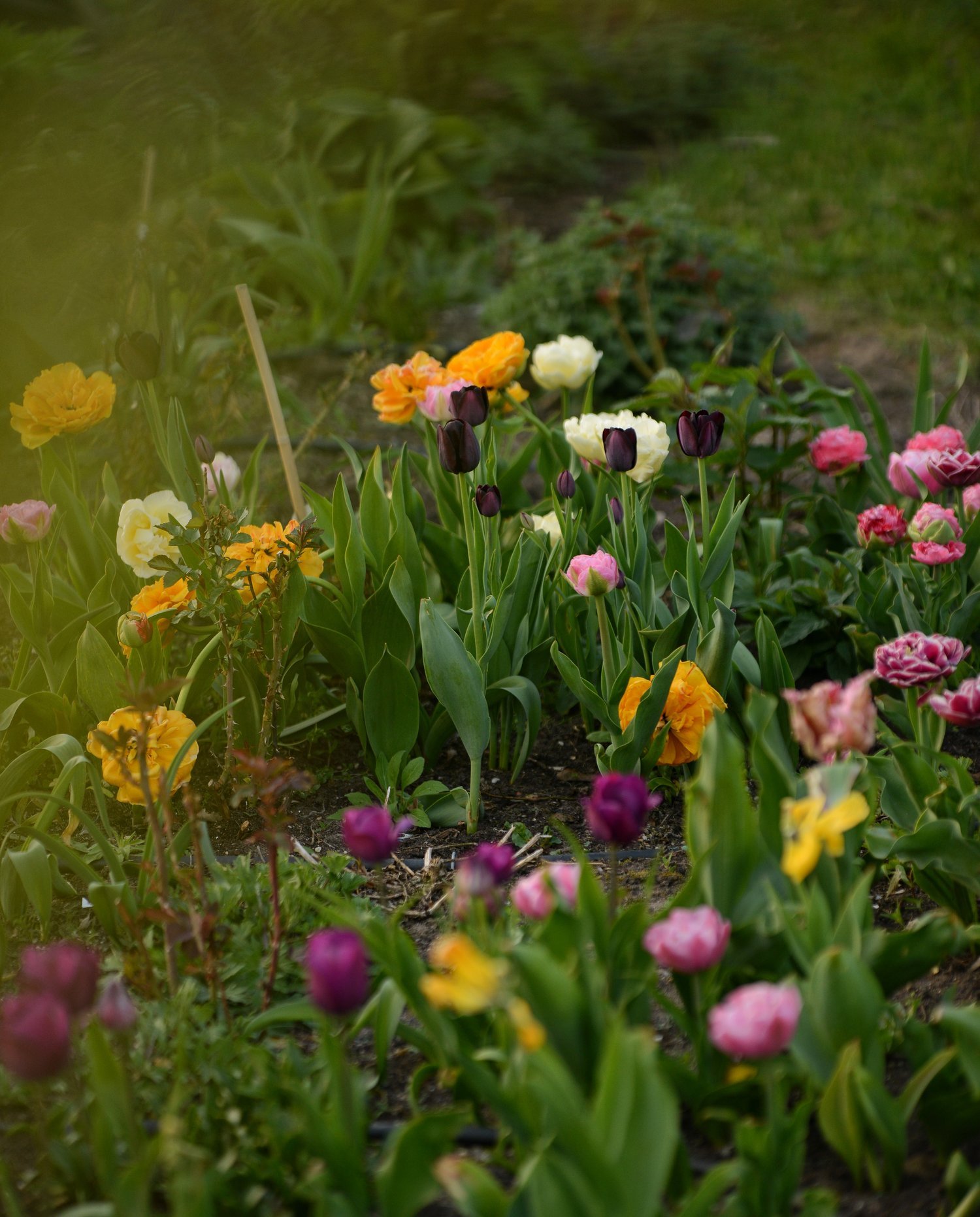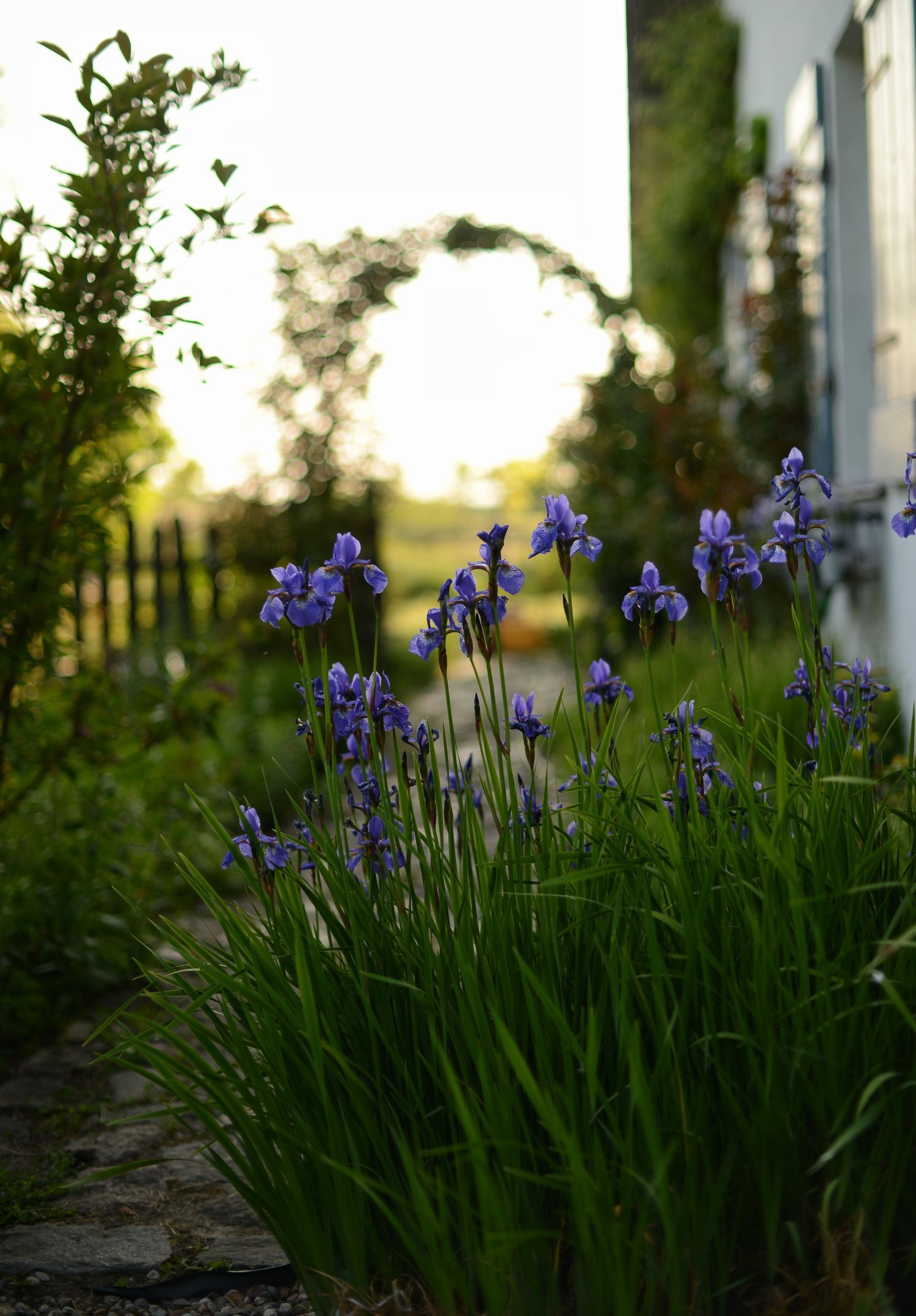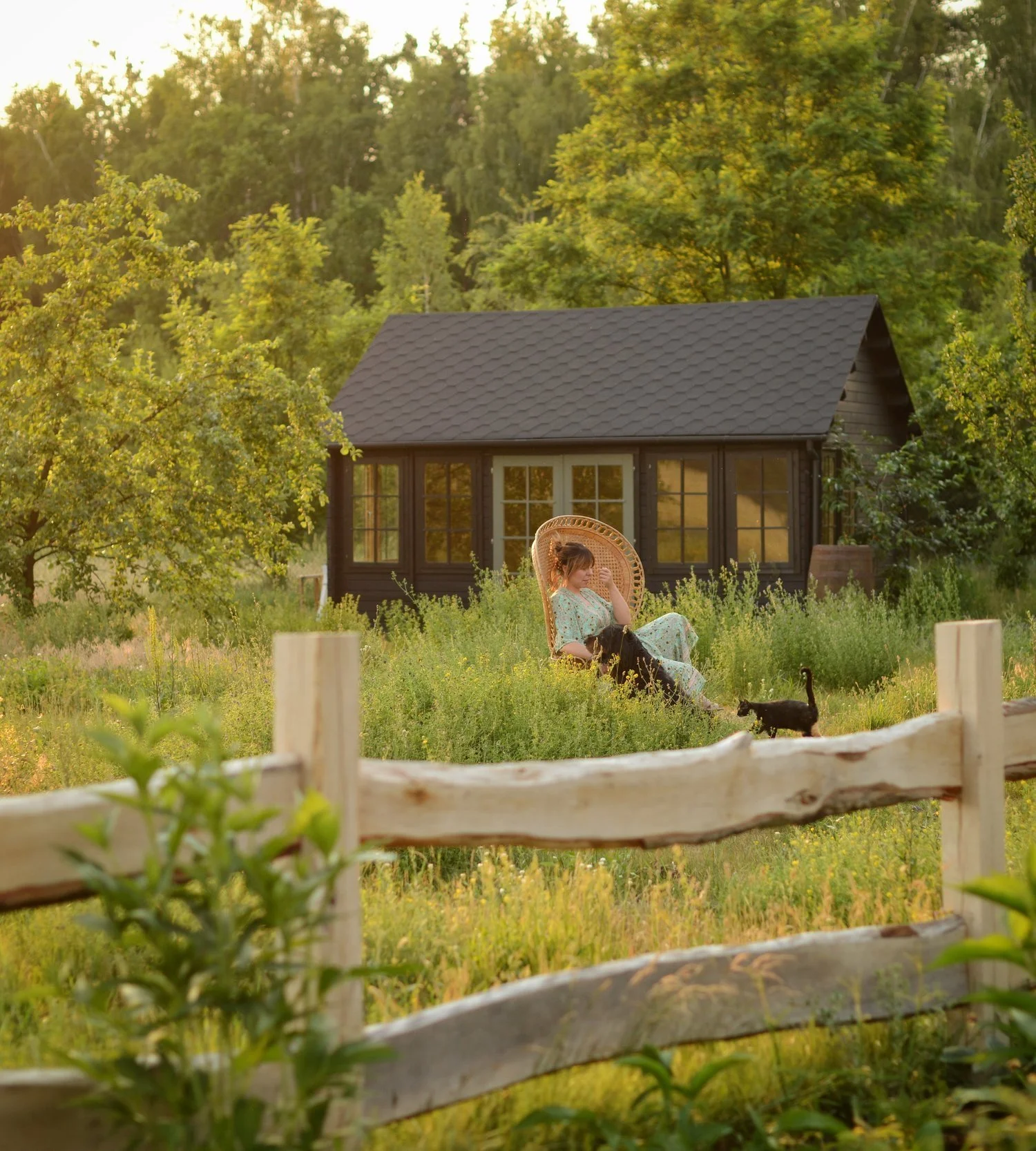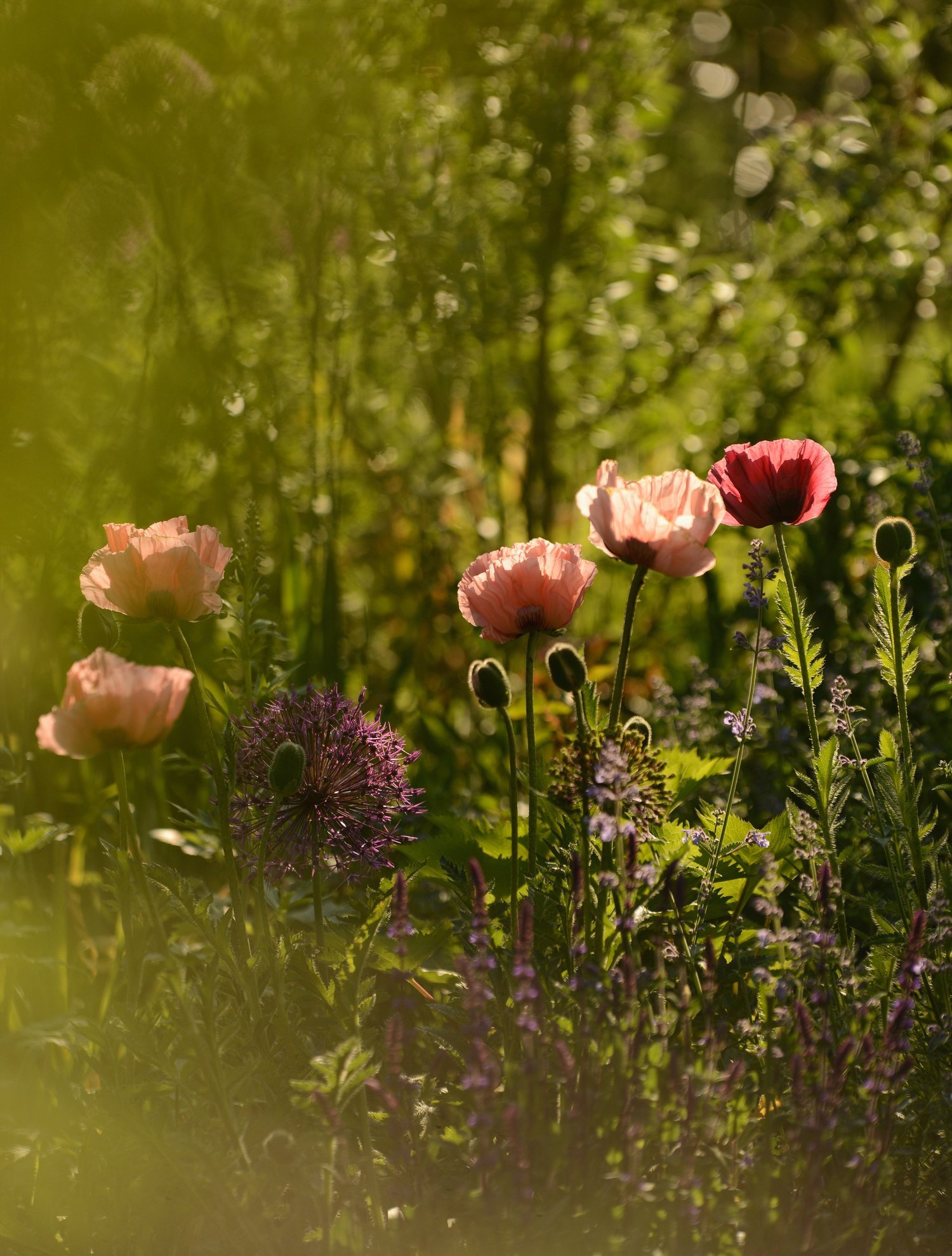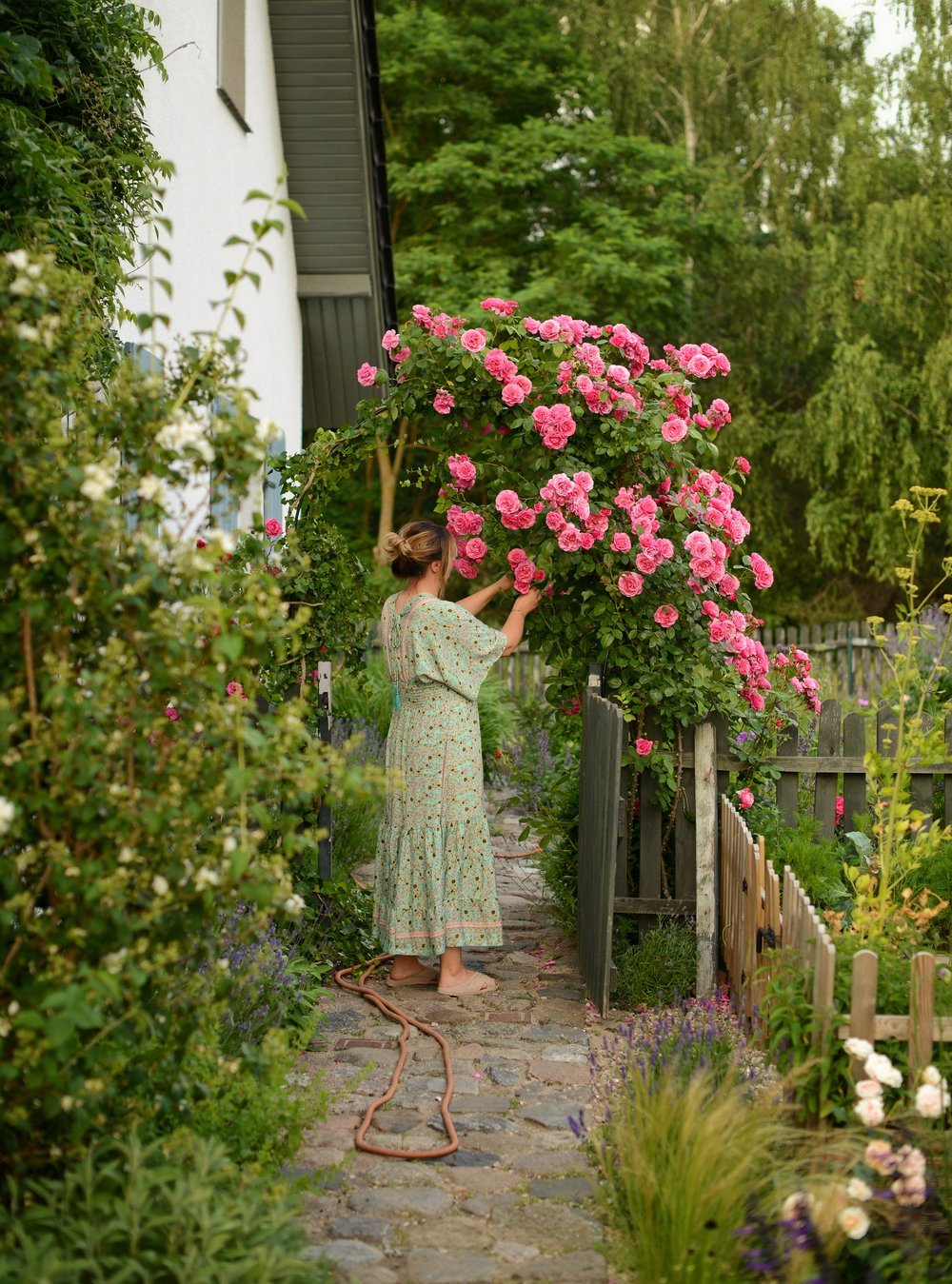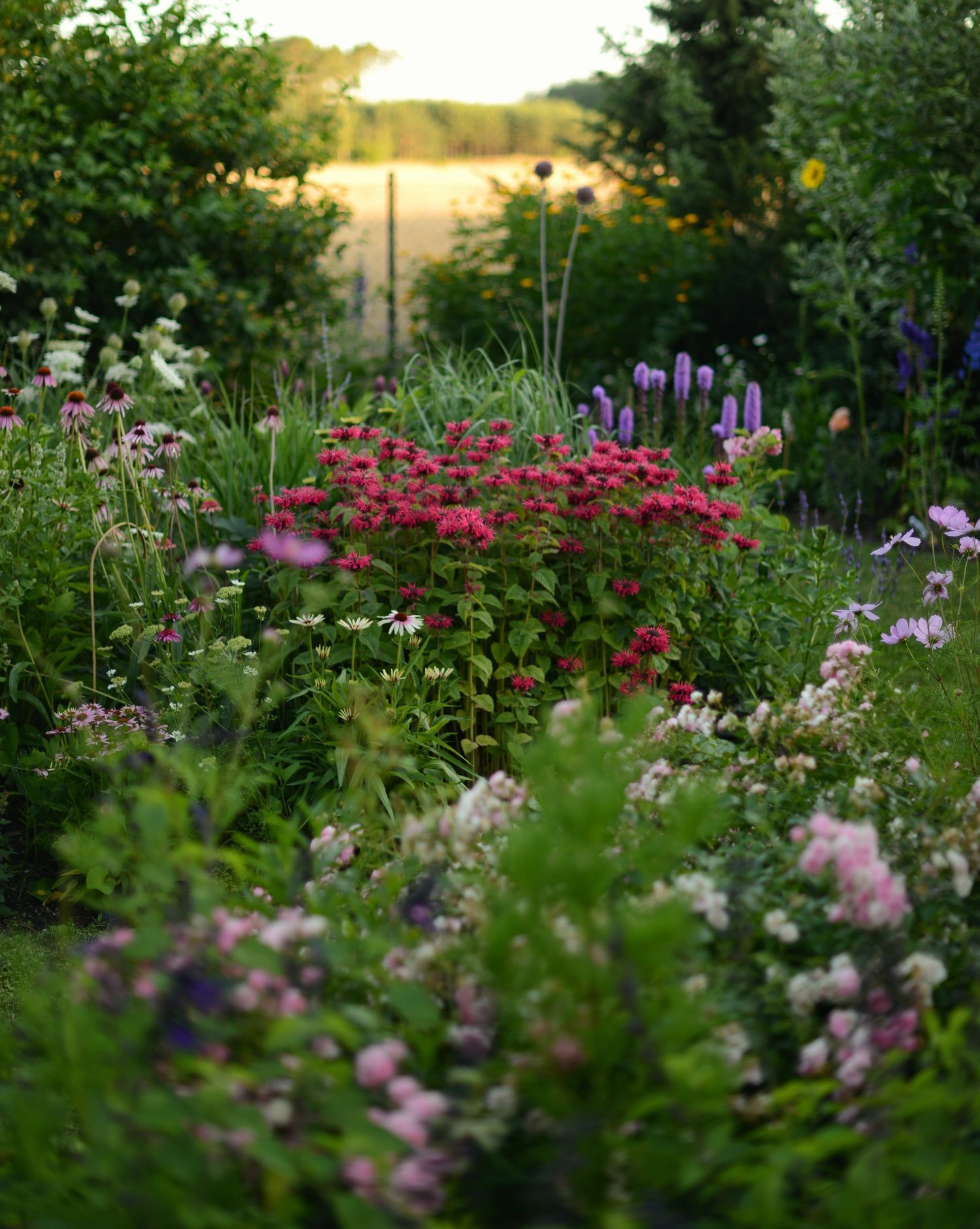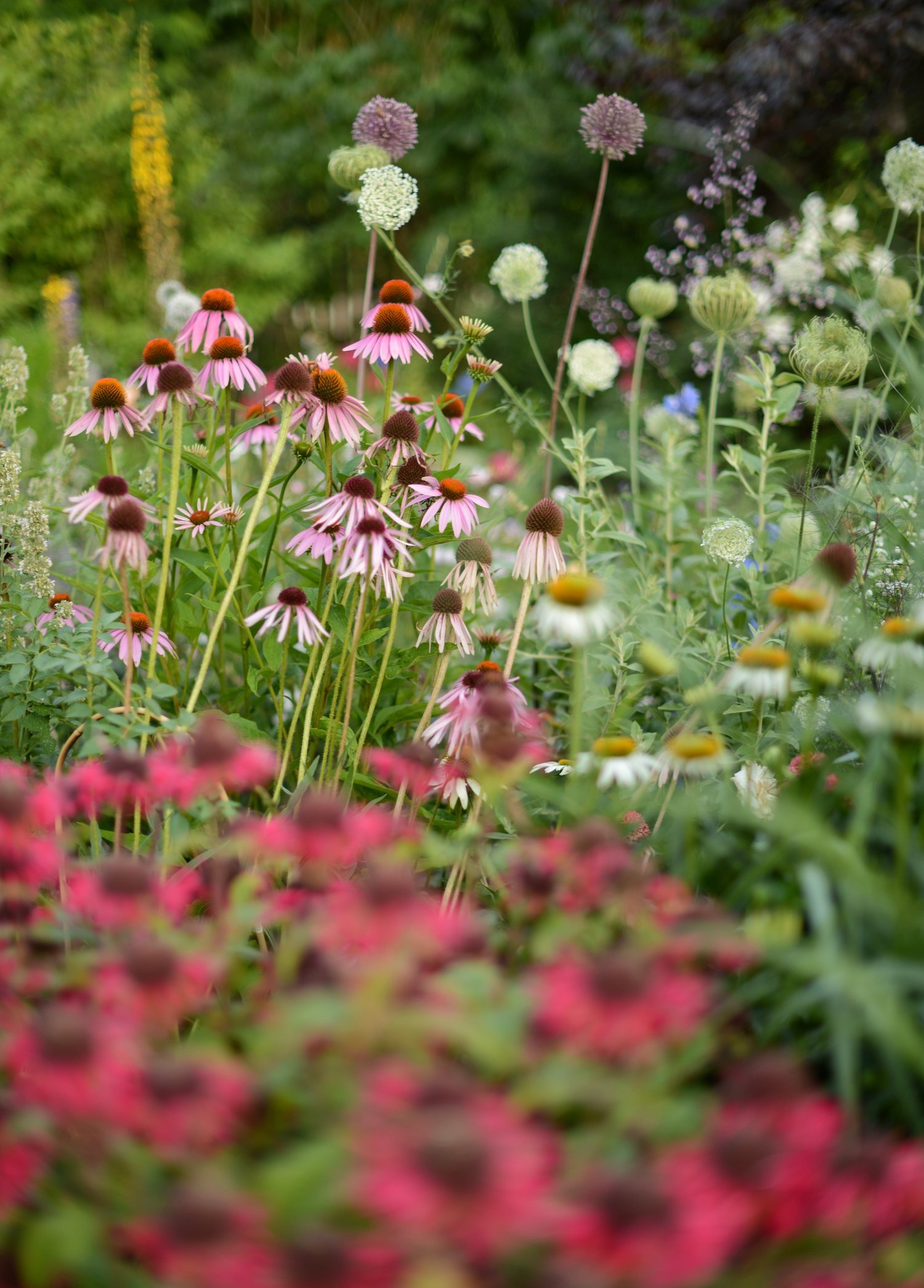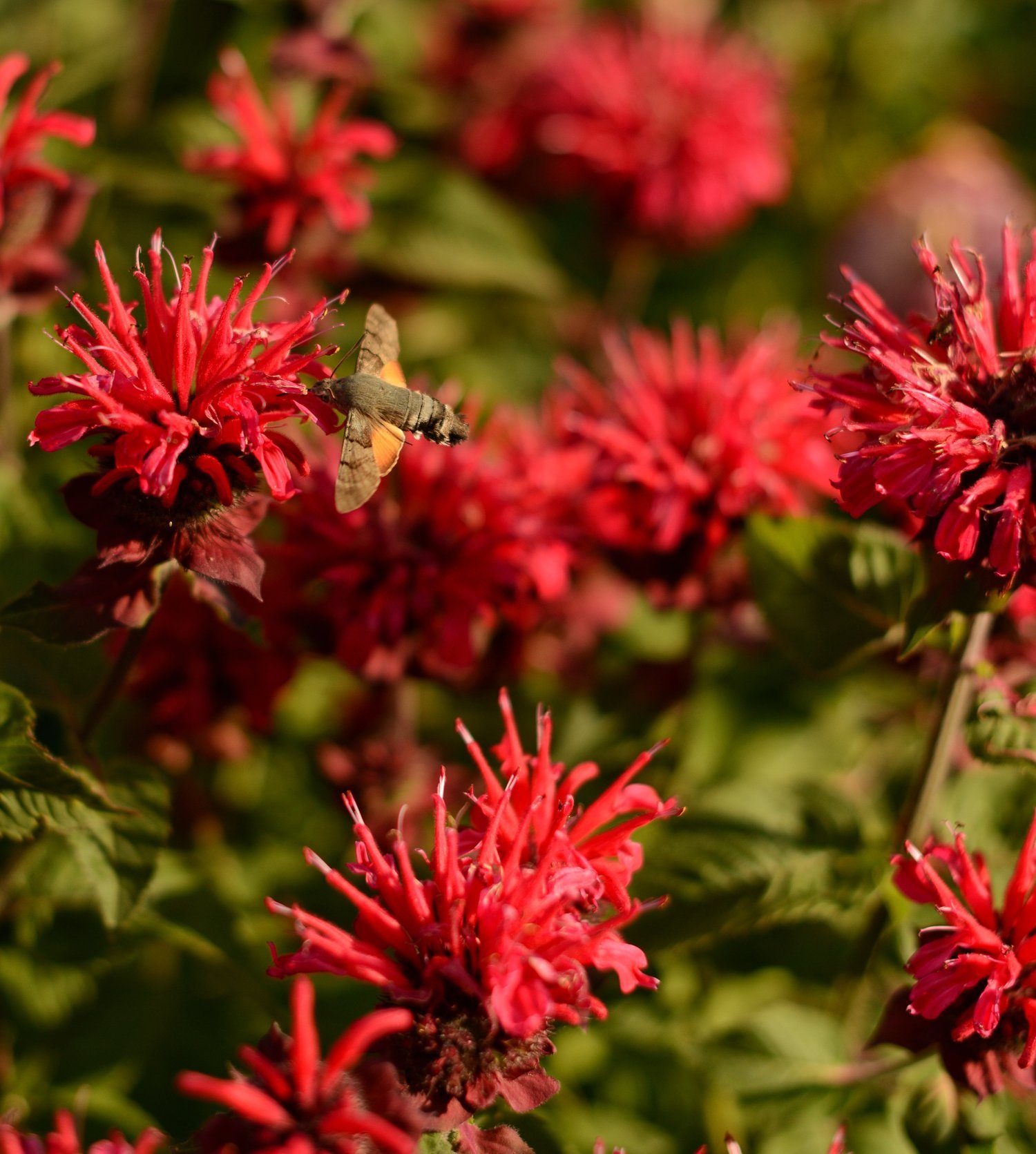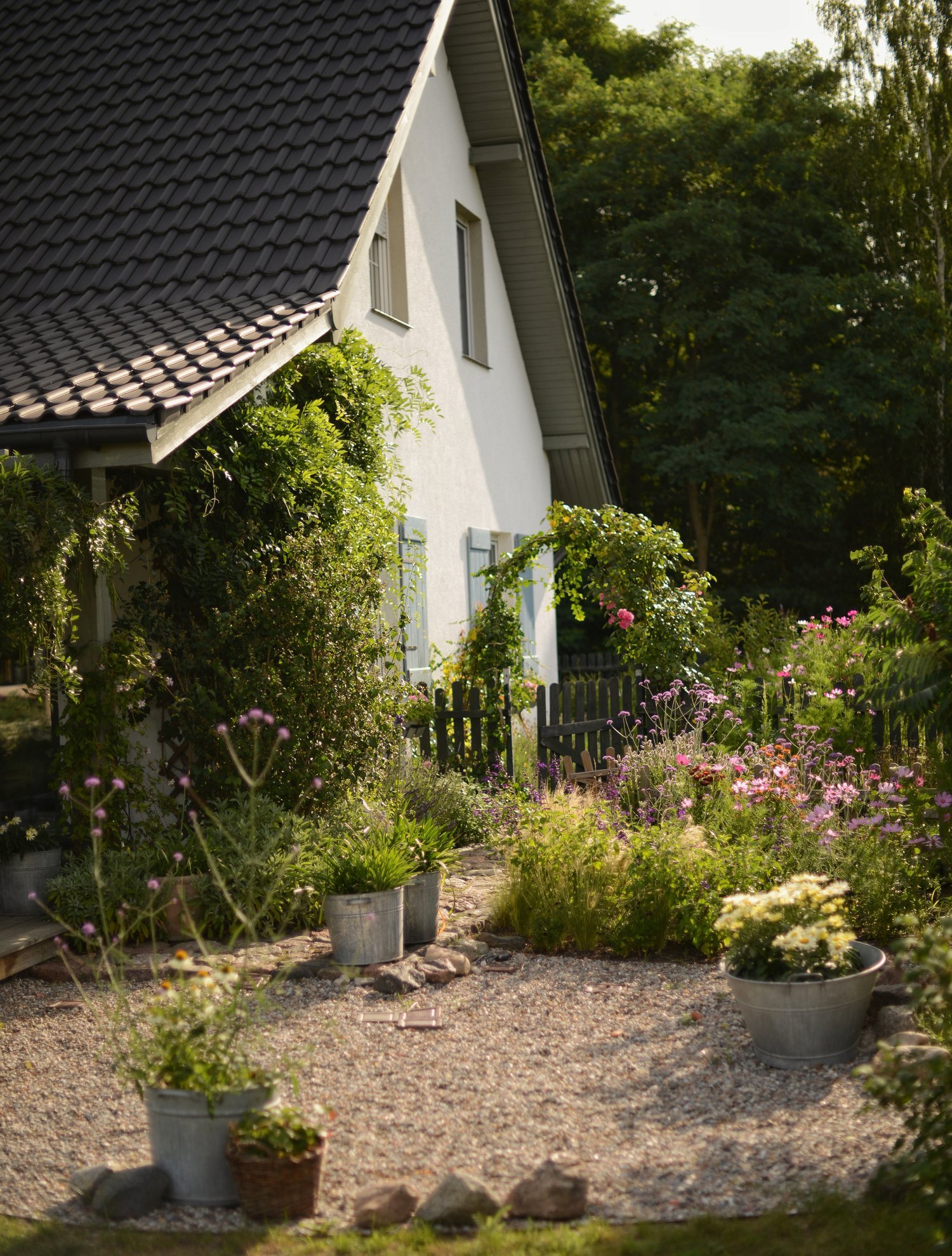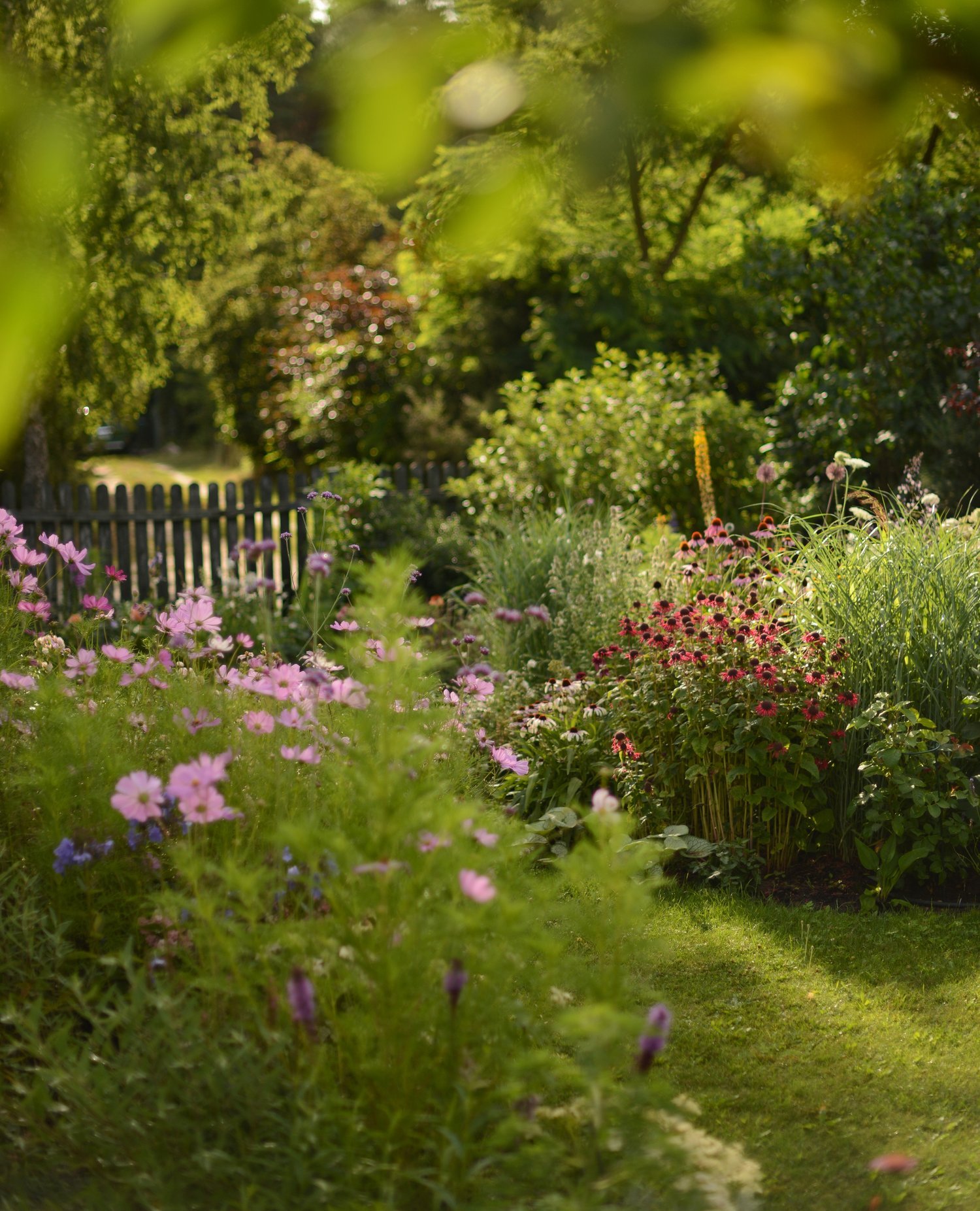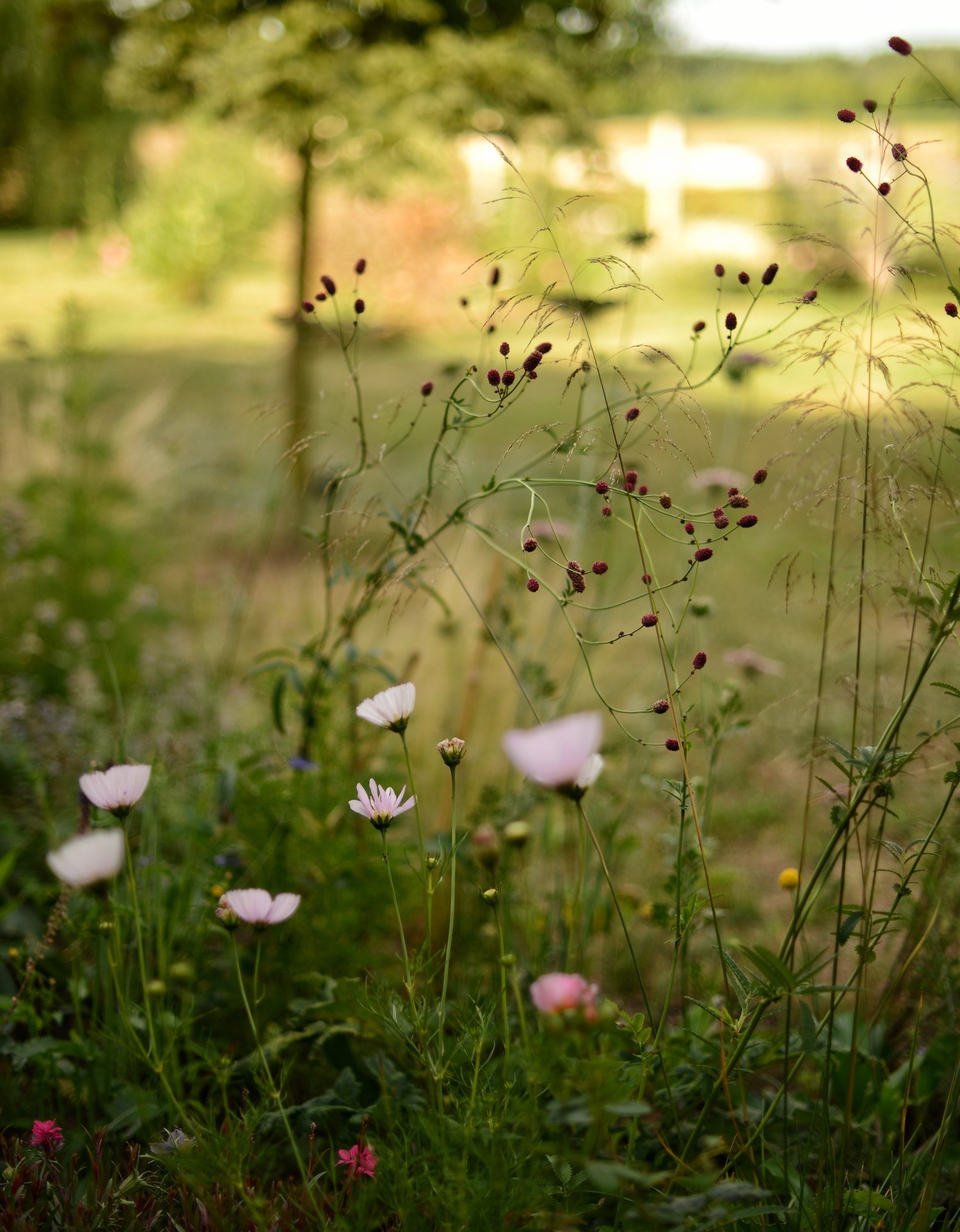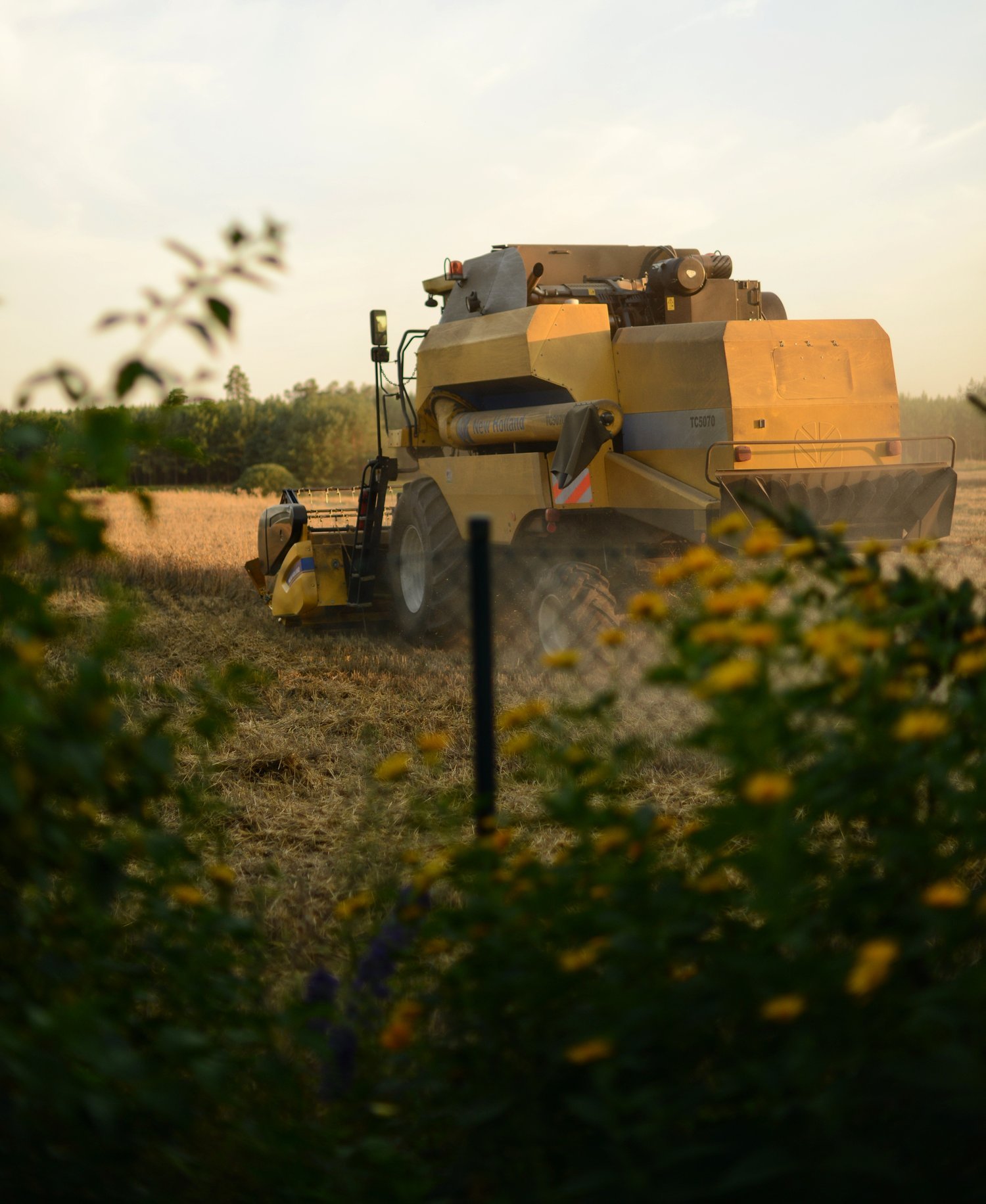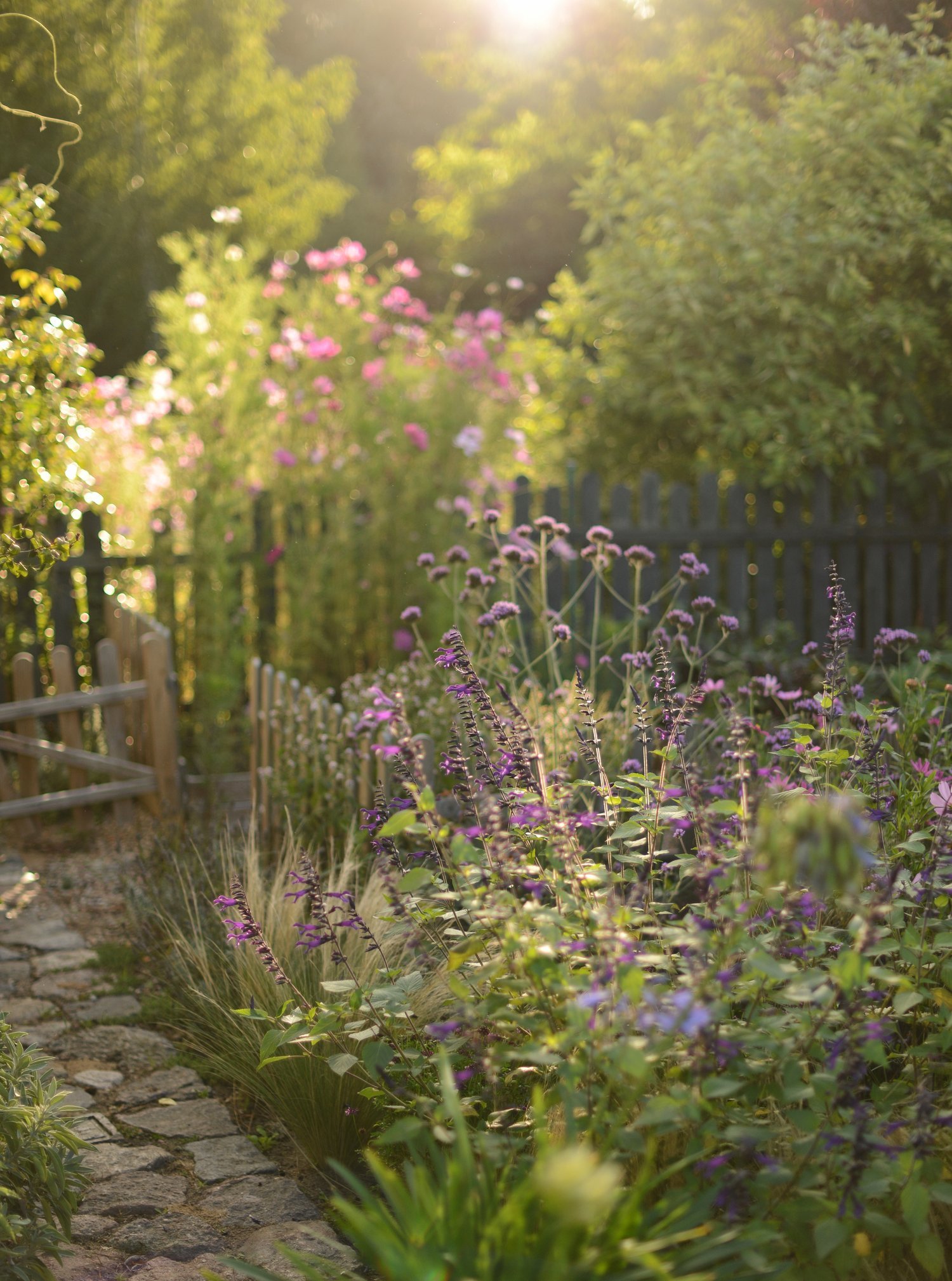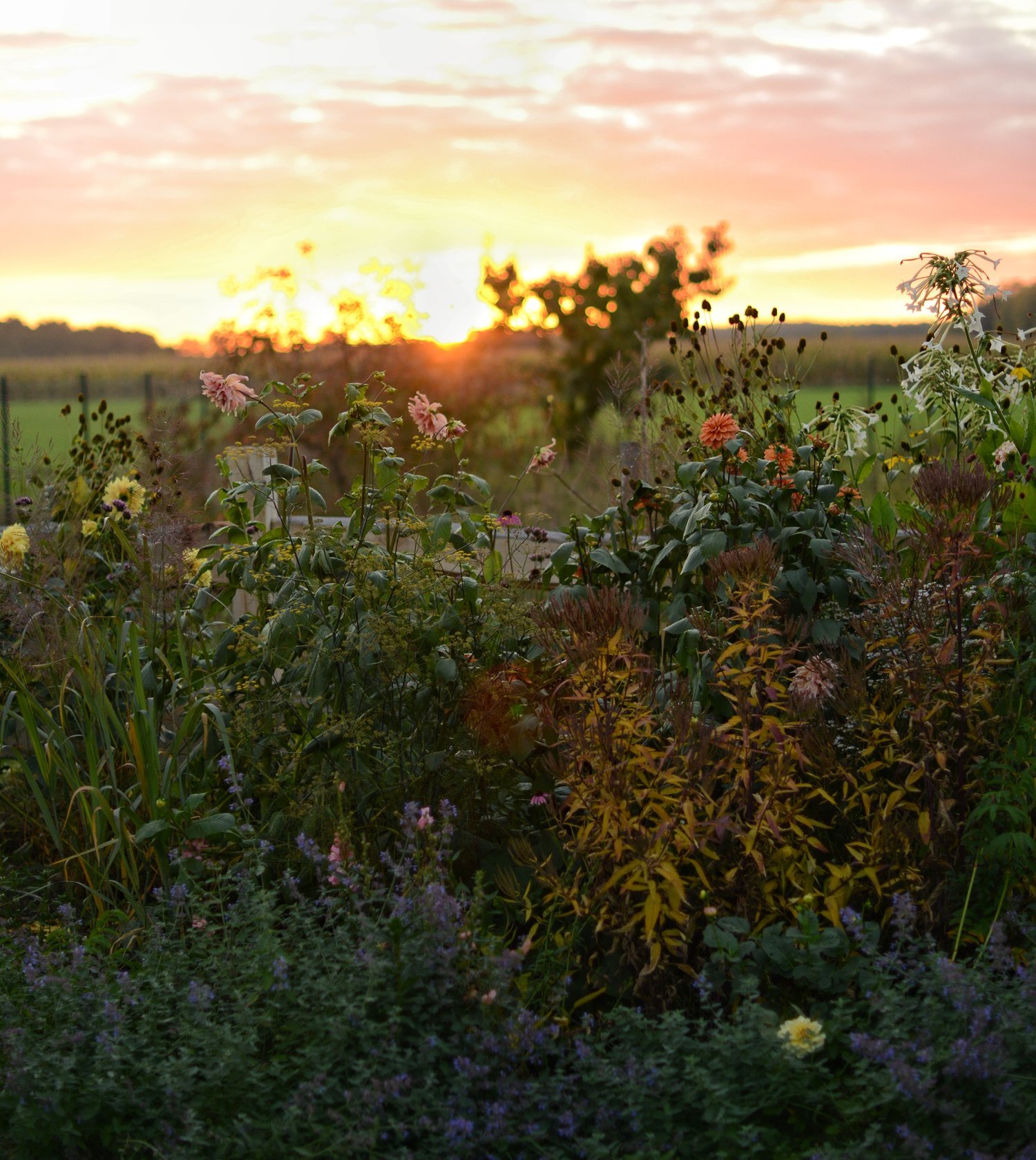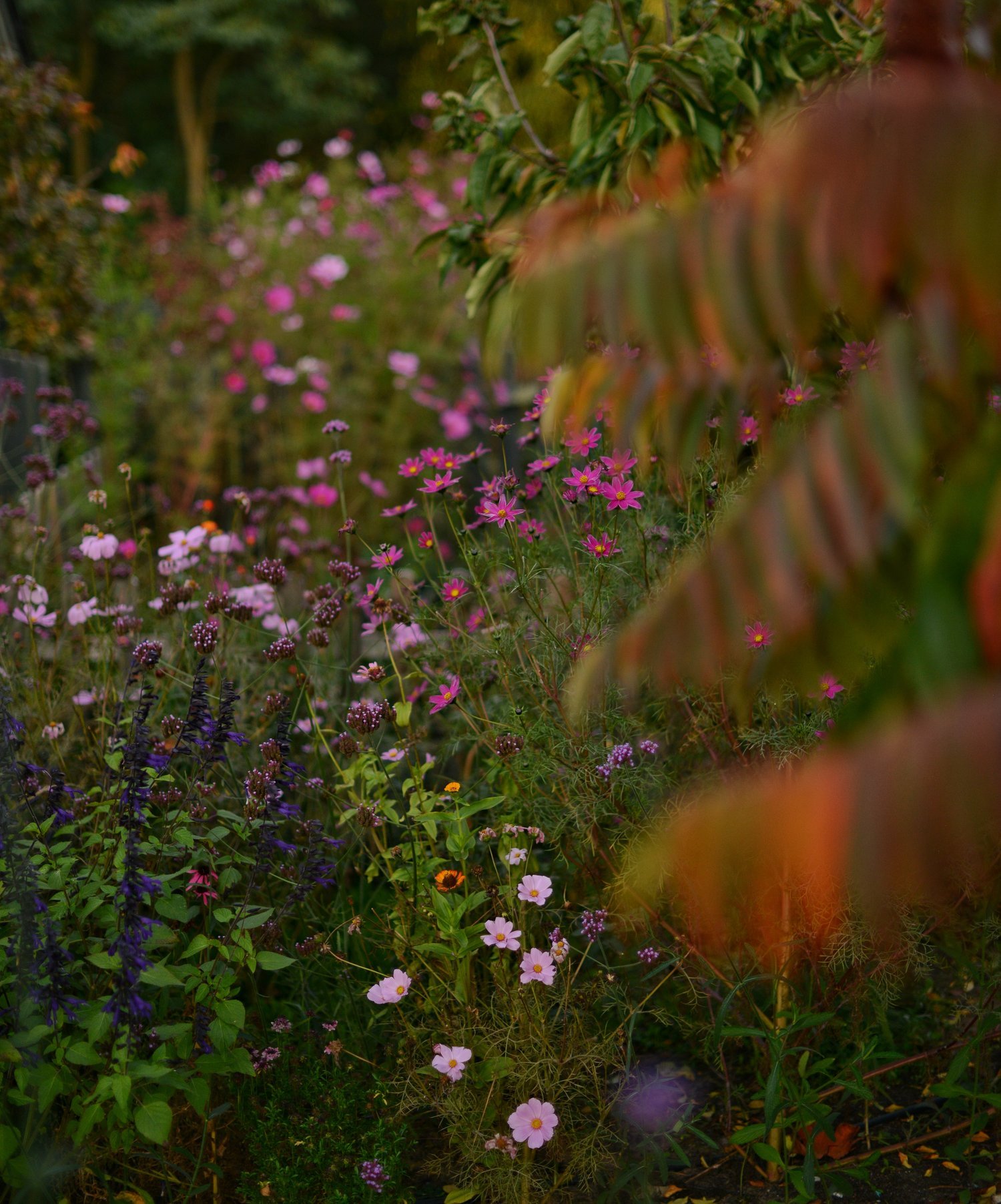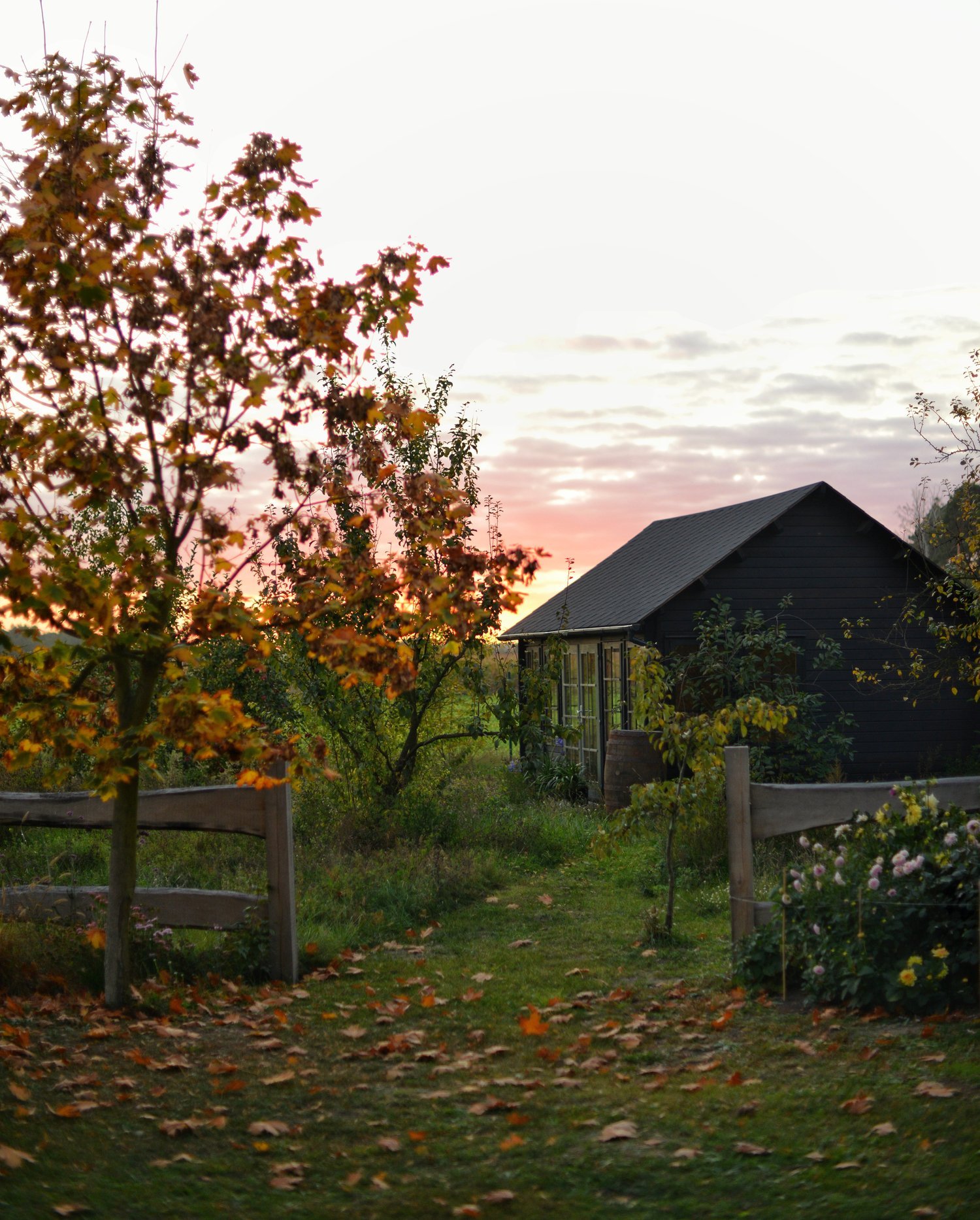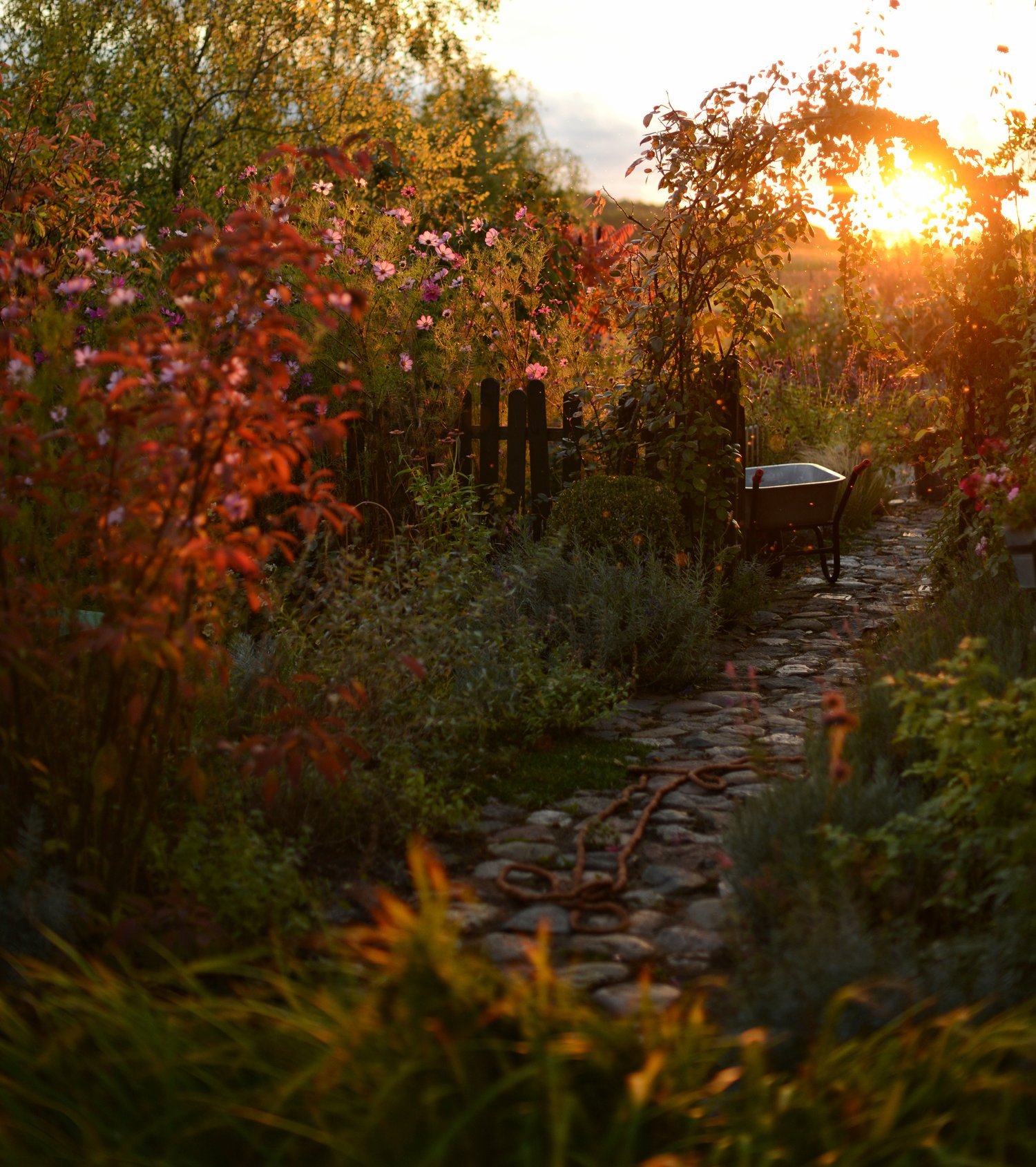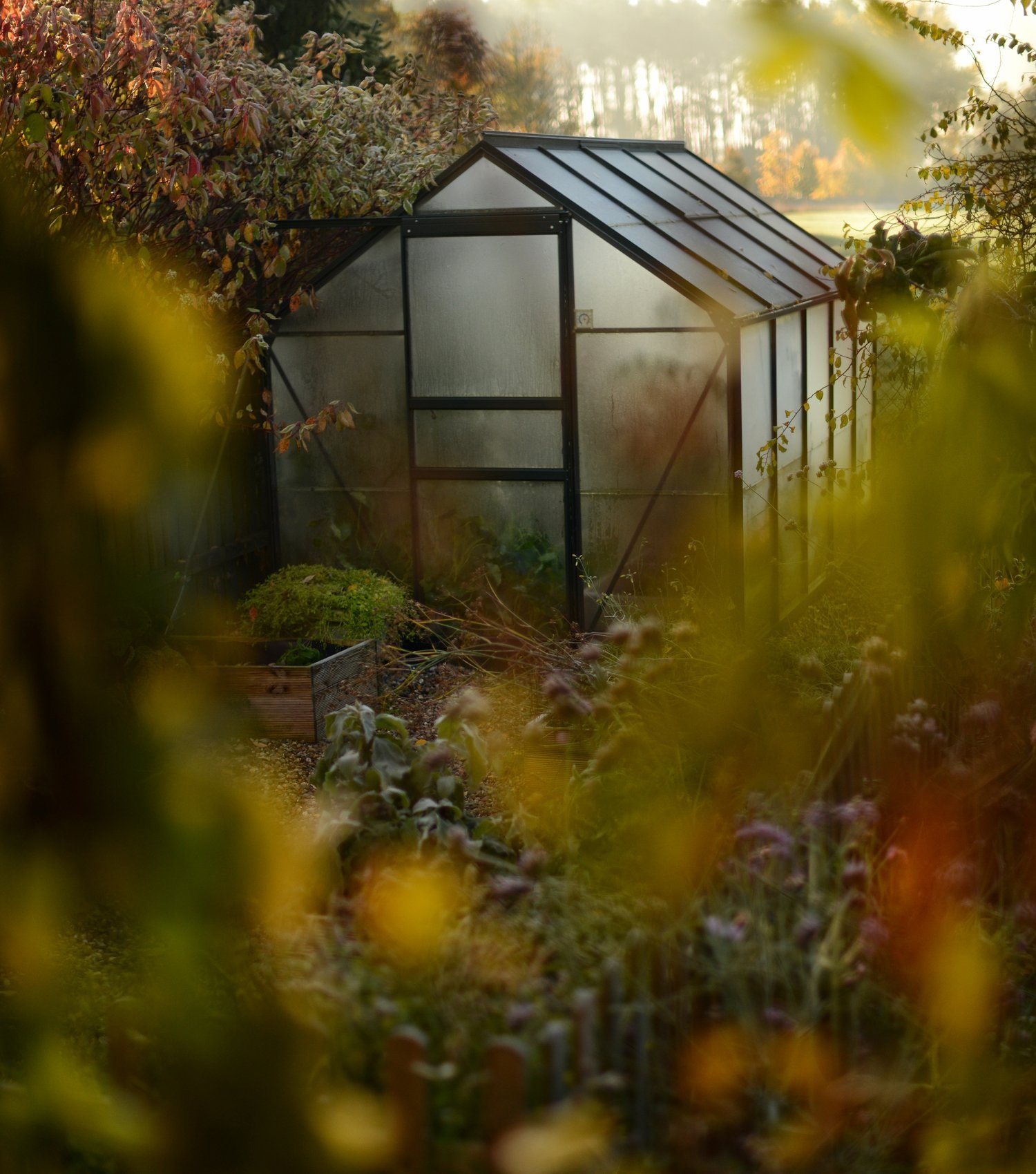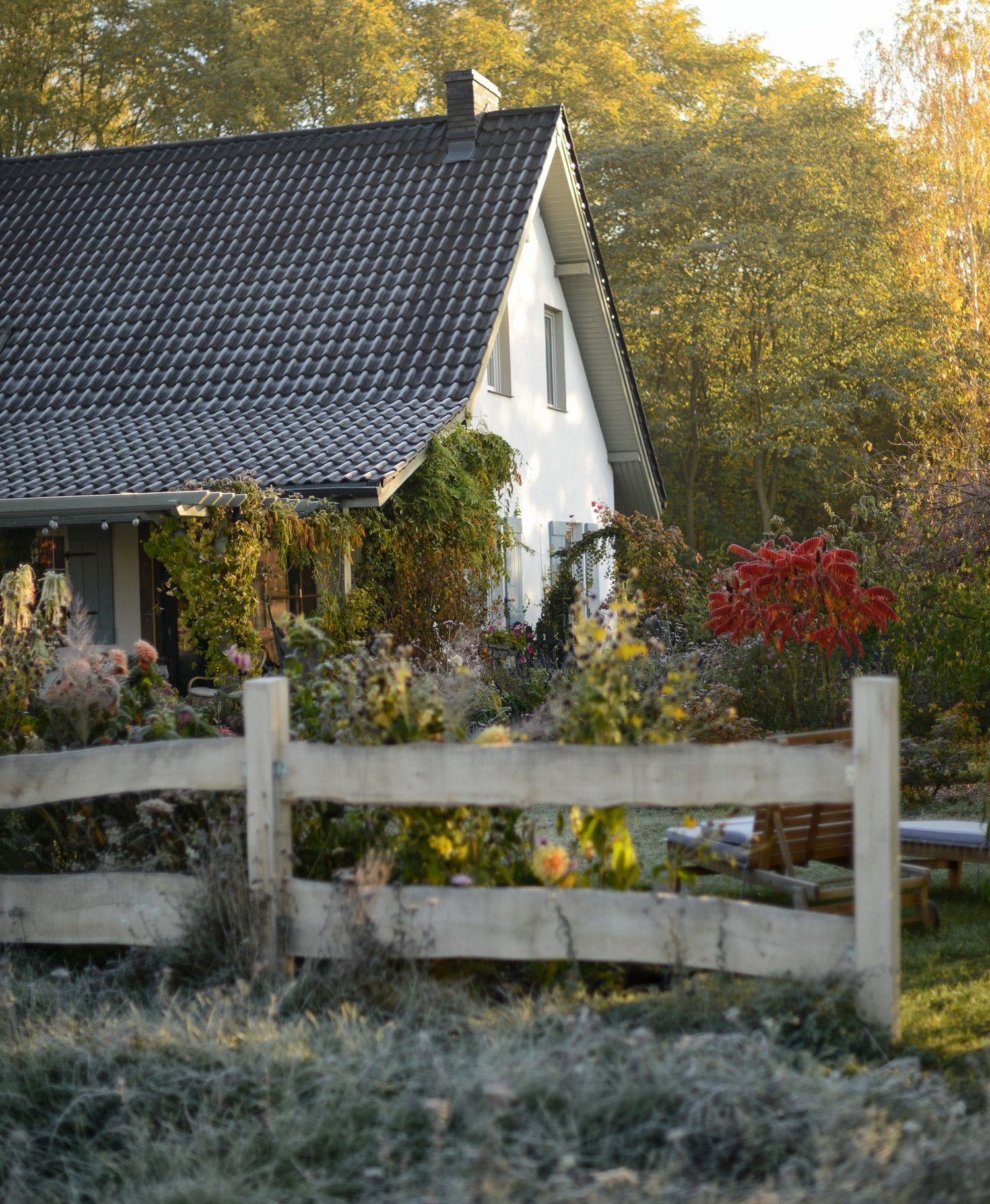GLOBAL GARDEN : LUCY SZLOSER IN POLAND
It’s one thing to find escapism and inspiration in a gardener’s Instagram account (one of my favourite things), but reading the back story behind the feed puts an entirely different lens on what you see, understand and ultimately learn.
That’s how I felt after pulling together this feature on Lucy Szloser’s rambling Polish garden and storybook cottage. While she had captured my full attention through her beautiful emotive photography and sharing on Instagram, I felt her garden gate creak open as I read her words.
As a new gardener, Lucy talks about research, the inspiration she has drawn from her local landscape and her challenges with seemingly unproductive soil, drought and wind. The positive results she has found in her ground in just three years are motivating and a reminder that learning while doing is something we can all do, no matter our expertise!
I found her answers to my questions to be unexpectedly relatable despite the fact that we are creating gardens on entirely opposite ends of the earth.
Enjoy this rich seasonal insight into Lucy’s garden, shared through her own words and photography. I appreciate the efforts she has gone to in documenting her garden and inspiring others to get their hands in the earth for the benefit of both their environment and themselves.
PS - this would be an excellent feature to share with new gardeners in your life that might need some uplifting!
Julia xo
Garden profile
GARDENER: Lucy Szloser
LOCATION: Western Poland, near Poznań
(exactly in the middle between Warsaw and Berlin).
SIZE: In total 2000 sqm (1/2 acre) with one-third organised and the
rest a wild meadow with trees and a garden house.
ENVIRONMENT: Sandy, permeable, poor, lowest 6th soil class
in south-west Poland. Exposed to wind and experiences drought.
@lucy.from.the.forest
Lucy and Elmo standing between the cultivated garden and meadow with garden house behind.
Together with my husband and a few pets (13-year-old Gordon Setter named Elmo and 3 cats), we have lived here since 2010. When we arrived at our plot, there was nothing but a field of wheat surrounded by forest, farmlands and wild meadows. I only started gardening about 3 years ago, before that we just planted a few trees and mowed the lawn once in a while.
We live on the edge of a small village (300 people), close to a small lake and the Warta River. From the beginning I knew, that the landscape of our region would have a huge impact on the kind of garden we would create as we wanted the garden to fit naturally into the surroundings. Therefore, at every opportunity, I tried to note in my mind all the plants, trees and shrubs that grew in the area.
IMAGES: THE GARDEN IN WINTER
“In the first 10 years, the main part of our front garden was a perfect bare lawn, planted with a few shrubs and a row of lavender. For a long time, I was convinced that the terrible quality of the soil would not allow me to create anything more than this here. It was a huge surprise when this turned out not to be true! ”
The soil in our garden is very barren and poor, so choosing local species was felt intuitive. During frequent walks, it was easy to see that the most common trees were maples, willows, ashes, lindens, bird cherry, serviceberry (Amelanchier), birches, oaks, elderberries, wild plums and pears, sumacs, beeches and hornbeams - a long list to create a nice backbone for the garden. In the past our village had a lot of fruit orchards in the form of roadside alleys, so we made an effort to reflect that by planting single fruit trees of apple, pear, a few plums and cherries.
I wanted the garden to be cozy and bring to mind the country gardens of our grandmothers that we visited in our childhood. From the beginning, we also tried to avoid artificiality, so the paths were made of local stone, and the fences had to be wooden and simple.
IMAGES: THE GARDEN IN EARLY SPRING
MAKING THE GARDEN
In the first 10 years, the main part of our front garden was a perfect bare lawn, planted with a few shrubs and a row of lavender. For a long time, I was convinced that the terrible quality of the soil would not allow me to create anything more than this here. It was a huge surprise when this turned out not to be true!
After browsing a bit on the internet, reading some professional literature and watching YouTube, I started to slowly understand that this barren landscape could be a garden full of life. And so, three years ago, I started transforming our garden.
I started by removing the agro textile, which was causing more harm than good. Then, slowly but steadily, we began to replace the lawn with flower and perennial beds. We let the rest of the lawn run wild. It was also then that I decided to 100% abandon the use of garden chemicals and switch to only natural and ecological products. At that time, we started to use compost for mulching beds, and liquid manure made from rotted plants like nettle and Russian comfrey to fertilize plants.
After just the first season of changes, the garden exploded with life. Lots of earthworms appeared in the ground, and beautiful butterflies and lots of species of pollinators moved into the garden. We also imported cocoons of wild bees and created a hive for them behind the gardener's house.
At the end of the plot, we created a refuge for small, wild creatures where we take dry branches, leaves and plants that we do not compost. Besides creating a few narrow paths, we stopped mowing more than half of our plot. We let wild herbs and weeds grow as they please in this part.
IMAGES: THE GARDEN IN SPRING
“After just the first season of changes, the garden exploded with life. Lots of earthworms appeared in the ground, and beautiful butterflies and lots of species of pollinators moved into the garden.”
My husband Adam helps me with watering, fertilising and building up some larger infrastructure, such as our gardener's house, greenhouse, pergolas, fences etc. He doesn't know much about plants, but he's a big fan of me!
In the garden, we have some issues with moles and voles that sometimes cause damage, and the normal issues of aphids on plants, boxwood moths, and sometimes fungal diseases on roses. In an effort to treat these, I only use natural agents such as black soap or nettle manure, but never chemical agents.
Drought and wind present our biggest environmental challenges. The front yard is well-sheltered and fully mulched with compost. Unfortunately, most of the garden is still in the open, exposed to the drying winds from the west and the drought that deepens in this part of the country from year to year. So we plan to plant more local trees and shrubs on all borders and dig a deep well. We use drip irrigation, which is the most efficient for gardens, and we collect rainwater, but with such rare rainfall (in the last 2 months it rained once!) rainwater tanks run out quickly.
IMAGES: THE GARDEN IN EARLY SUMMER
“I wanted the garden to be cozy and bring to mind the country gardens of our grandmothers that we visited in our childhood.”
SEASONAL INTEREST AND PLANTS
It is difficult to decide on one favourite moment in the garden, but one is early spring, when the sprouts of the bulbs emerge from the ground, the smell of wet soil is everywhere and in the background, you can hear the singing of local cranes that return to their nests at the end of winter.
I also love the moments just before sunset in June (summer), with the intoxicating scent of acacias, our jasmine and wisteria blooms linger in the air and the blackbirds start their evening concert.
It is also wonderful when cobwebs start flying in August (late summer), the air smells of harvest and the mornings have the most wonderful light between ornamental grasses and cosmos.
I’ve tried to plant so that there is interest in our garden every month.
January and February (winter) are hellebores and viburnum (Viburnum x bodnantense), spring is of course bulbs (tulips, garlic, narcissi, daffodils), anemones, baby fairies, fruit tree blossom, poppies, cornflowers, lilacs.
The beginning of summer is wisteria, jasmine, loosestrife, catmint, sage, roses, lavender, then there are monardas, liatris, phloxes, annuals, lilies, grasses, echinacea, hydrangeas.
The beginning of autumn is again roses, asters, dahlias, verbenas, buddleias, cosmos, heleniums, and of course maple trees, katsuras, sumacs which are beautifully coloured and last until the first frosts. In recent years frosts have appeared a little later in Poland, i.e. at the turn of October and November.
Then the garden falls asleep and it is decorated with the remains of coneflowers, echinacea and hydrangeas. Then we open a winter canteen for wild birds and feed them until spring.
FAVOURITE PLANTS:
Dara / wild carrot (Daucus carota), caradonna sage (Salvia nemorosa ‘Caradonna’), loosestrife pink blush (Lythrum salicaria ‘Blush’), burnet (Sanguisorba), ponytail stipa grass (Stipa tenuissima/Nassella tenuissima ), Rose ‘Golden Celebration’ and ‘Munstead Wood'. Among the shrubs and trees, there are: limes, common ninebark (Physocarpus opulifolius) and black cherry plums (Prunus cerasifera ‘Pissardii’).
IMAGES: THE GARDEN IN SUMMER
INSPIRATION
One of the people who inspired me most in gardening was of course my mother, who loved working in her garden and loved roses!
I am also greatly inspired by Mary Reynolds, an Irish gardener, author and activist. Her book WE ARE THE ARK: Returning Our Gardens to Their True Nature Through Acts of Restorative Kindness (Timber Press) provides interesting history and a revealing and amazing approach to creating gardens. I highly recommend both of her books.
If I had to choose a favorite gardener, it would be Dan Pearson, who creates beautiful naturalistic gardens, full of wild grasses, my beloved umbellifers and pollinator-friendly plants. His gardens are characterized by biodiversity, lightness, idyllic nature, wildness and romance.
(Note - Dan also has a fantastic seasonal online garden magazine called Dig/Delve)
Finally, I have to mention a few places as inspiration, because travel inspires me a lot.
Mallorca and the gardens in the Mediterranean are a great inspiration, especially when we are struggling with drought. The second place is big cities like Berlin and Tel Aviv - generally, it's about the hipster vibe, the ease with which young urban gardeners approach the creation of beautiful, eclectic, ecological green spaces. I love it!
When it comes to Polish inspirations, there is one.
Katarzyna Bellingham (@the.garden.ogrod.bellingham) is a wonderful gardener who runs her natural gardens in the north of Poland and in England. She is a woman who promotes gardening in harmony with nature in Poland and creates such beautiful spaces that can be visited. She recently published a book in Poland entitled Bellingham Garden and also runs programs, podcasts and broadcasts on this subject. I learn a lot from her.
The real aim of our garden is to promote and encourage others on social media to set up or transform their gardens into more natural, biodiverse, environmentally friendly places. In Poland, unfortunately, there is still much to be done in this regard. We must understand that the garden in the era of today's climate change cannot be just a decoration and is no longer only for us people. The garden is a space where we can start changes for good, it should serve not only us but also all creatures living nearby.
IMAGES: THE GARDEN IN EARLY AUTUMN
“My garden gives me peace and spiritual balance. A sense of security and teaches me patience.”
ADVICE FOR GARDENERS
The most important thing is probably patience and ease.
I regret that I did not start with planting trees, because I lacked patience, so I bought small plants, because I wanted to have something in the garden quickly.
The second piece of advice is to choose plants that grow locally, then you have a guarantee that they will cope in your garden. If something doesn't grow with you despite constant care and concern for this plant, just let it go - give it up, it's a waste of time, nerves and money.
The third piece of advice is to consider whether your garden has to be perfect and whether it gives you any benefits for the climate and environment. Maybe it's worth giving up part of the lawn in favour of useful, beautiful blooming perennials? Do not be influenced by fashions - adapt plants to conditions and take into account exposures, wind directions and soil conditions.
IMAGES: THE GARDEN IN AUTUMN
WHAT MY GARDEN GIVES ME
My garden gives me peace and spiritual balance. A sense of security and teaches me patience. The garden also has a complementary therapeutic effect in the fight against depression with which I struggle. I have experienced a huge progress in treatment - after all, horticultural therapy has been known to man for a long time. I'm an introvert, so when I'm overstimulated, the garden saves me.
Provided links to plants are chosen by Julia with no bias - simply to connect with the best imagery and information to aid the reader on that plant.
No affiliate or sponsored links are included - please beware they may contain some seasonal information from other countries that differ from the one you are in!
